| More Information: |
During 1767, ‘Great Christian Burial ground’ has been ceremonially opened for the burial ground of European expatriates who were settled in Calcutta during the colonial period. Later in 19th century it is named as “Park Street Cemetery". The cemetery were being well known for notable European figures like ‘Rose Aymler’, Elizabeth Barwell, George Bogle, Augustus Cleveland, Charles Short and many more. The burial ceremony cemetery was closed in 1840 due to lack of space and afterwards it has been extended extended on the northern edge of Park Street. Now that place is called Lower Circular Road Cemetery. Park Street Cemetery in Kolkata is one of the oldest and most significant colonial-era cemeteries in India, known for its historical and architectural importance. It is located on Park Street, a prominent area of Kolkata, and was established in 1767 by the British East India Company.
The entire eight acres land is surrounded by high brick walls and inside there are around 1600 tombs with cenotaphs, tablets and epitaphs. The grave is full of tall shady trees which remains covered with blooms and flowers in season. The entire area is preserved by the Archaeological Survey of India (ASI) hence the area is very much maintained and full of peace. Still the renovation happens where it is needed. The interior garden and path is pretty much well decorated. Most of the architectural designs of the tombs reflect classical European styles. Few are resembles with Hindu style and also a mixture of replicas of Orissan ‘rekha deul’.
Key Features:
Historical Significance:
- The cemetery was built during the British colonial period as a burial ground for the European and Anglo-Indian population of the time.
- It reflects the influence of British culture in Kolkata, which was the capital of British India for nearly 140 years.
- It contains the graves of several prominent personalities, including British officials, soldiers, and their families, as well as prominent figures from Bengal's Anglo-Indian community.
Notable Burials:
The cemetery is the final resting place of several notable individuals, including:
- John Zephaniah Holwell – A British surgeon and the governor of Bengal, known for his involvement in the Black Hole of Calcutta incident in 1756.
- David Richard Scott – A British civil servant and administrator, known for his contributions to the East India Company.
- Sir William Jones – A renowned philologist and scholar who was a key figure in the formation of the Asiatic Society of Bengal.
- Several prominent military officers and East India Company officials are also buried here.
Architectural Features:
- The cemetery is known for its grand and elaborate tombs, mausoleums, and obelisks, which reflect the neoclassical and Victorian architectural styles of the time.
- Many of the tombs have intricate carvings and inscriptions that tell the stories of the individuals buried there.
- Some of the tombs are built in the form of small temples, reflecting the architectural fusion of European and Indian influences.
Restoration and Preservation:
- Over the years, the cemetery has faced neglect and deterioration, with many tombs and monuments being damaged by weather, neglect, and vandalism.
- In the 20th century, efforts were made to preserve the site, and the cemetery is now a protected monument under the Archaeological Survey of India (ASI).
- It is open to visitors and serves as a historical and architectural site of interest, attracting tourists, history enthusiasts, and those with an interest in colonial-era cemeteries.
Cultural Significance:
- The Park Street Cemetery is often visited by people interested in Kolkata’s colonial history and British rule in India. It provides insights into the lives of British citizens who lived in the city during the 18th and 19th centuries.
- The cemetery is also part of the larger colonial legacy that defines many of the city's historical landmarks.
Current Status:
- Today, the Park Street Cemetery is a popular landmark in Kolkata, surrounded by urban development. Despite the urbanization around it, the cemetery remains a serene and reflective space with a somewhat eerie ambiance, which has made it a topic of fascination for historians and tourists alike.
- The cemetery, though small compared to other burial grounds, is a vital piece of Kolkata’s colonial past and offers a glimpse into the lives of those who shaped the city during the British era.
|
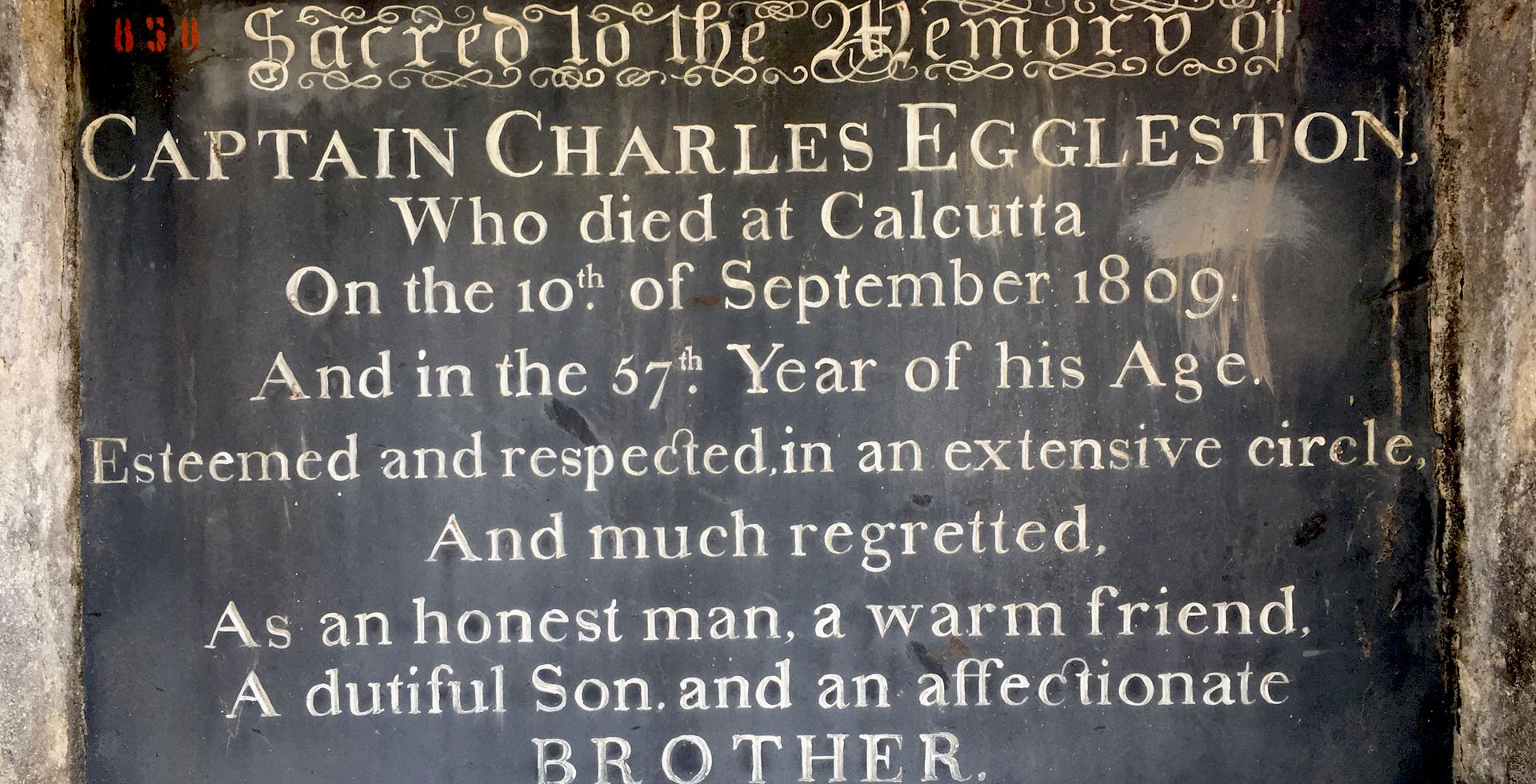
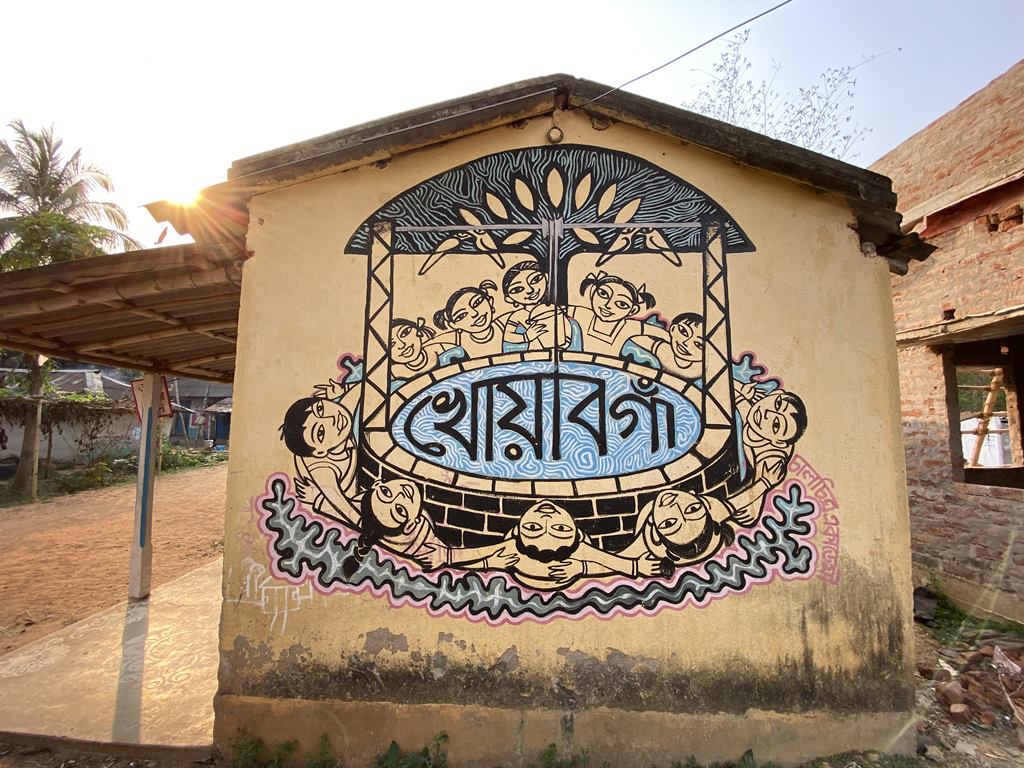

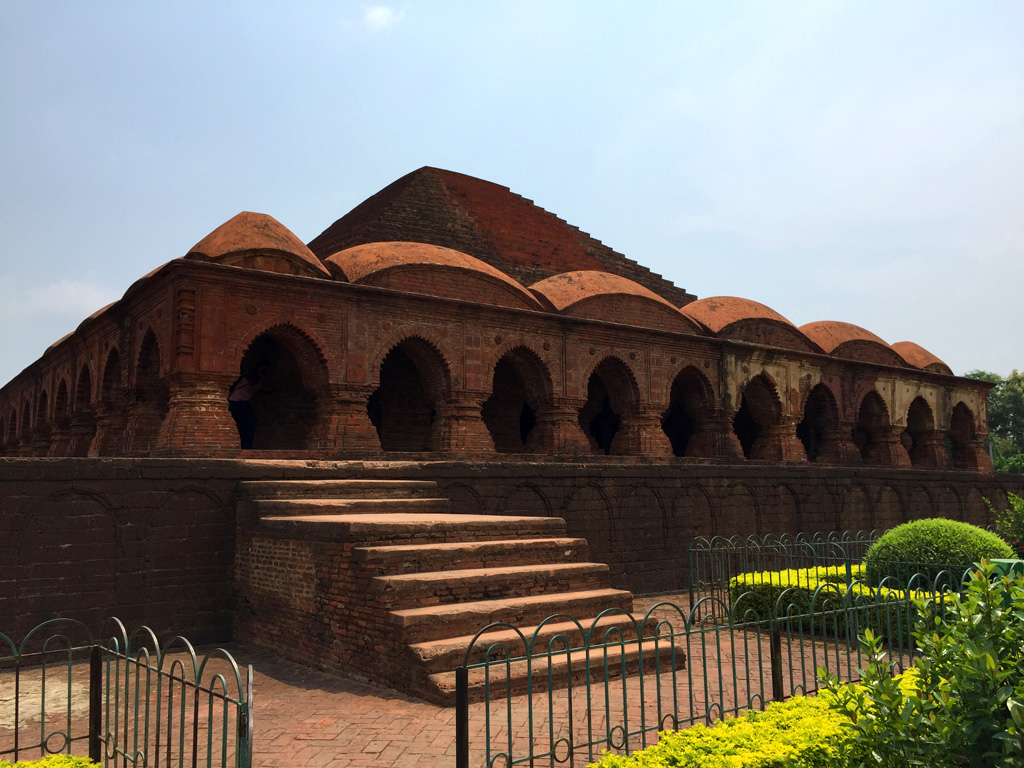
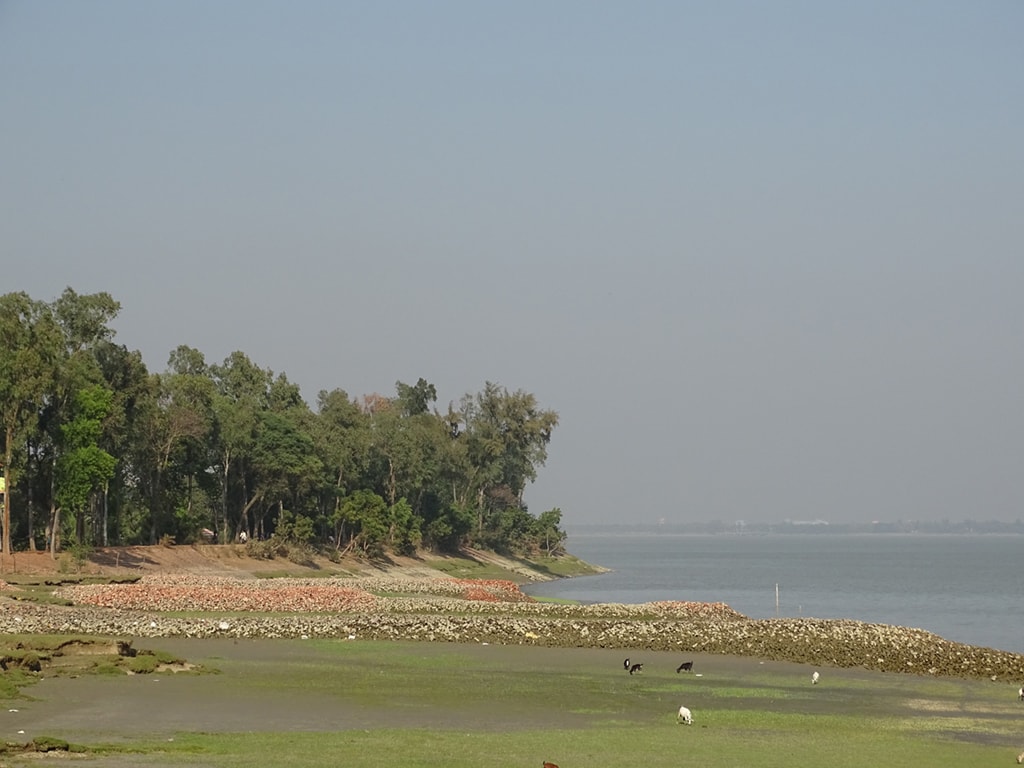
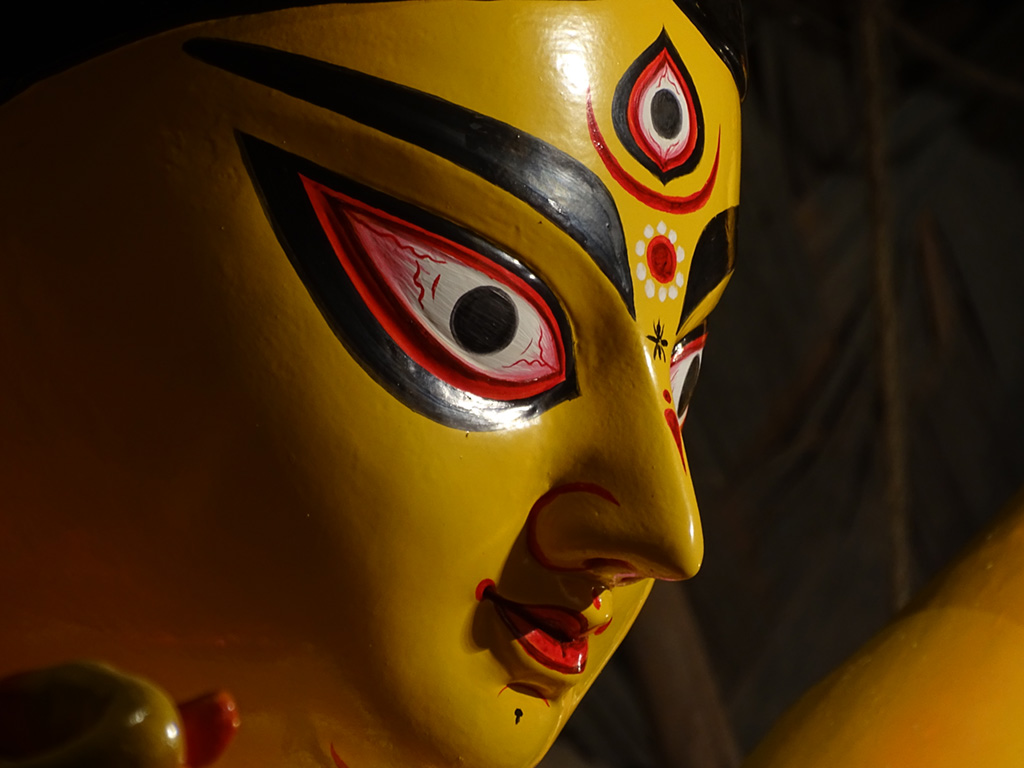
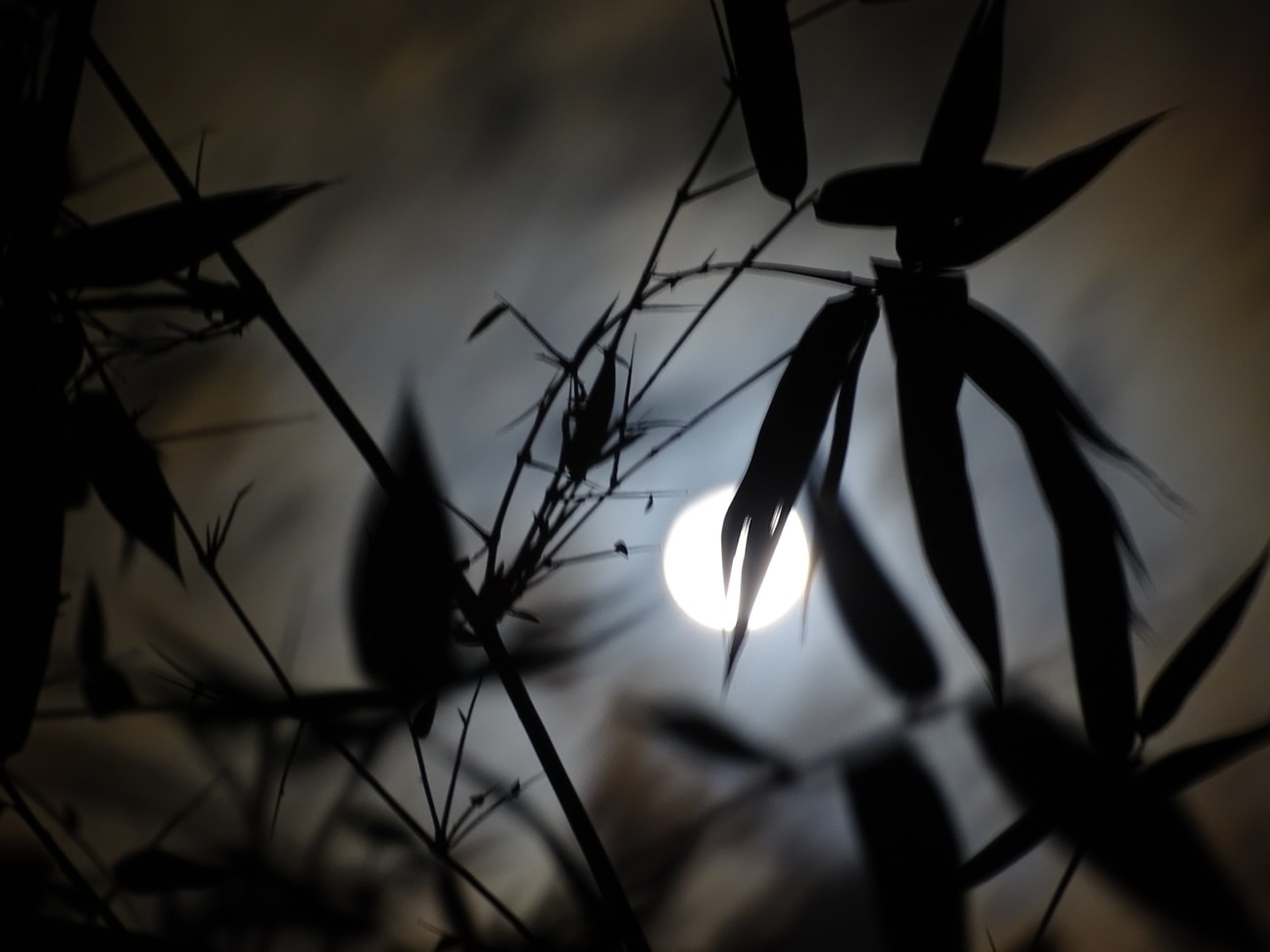
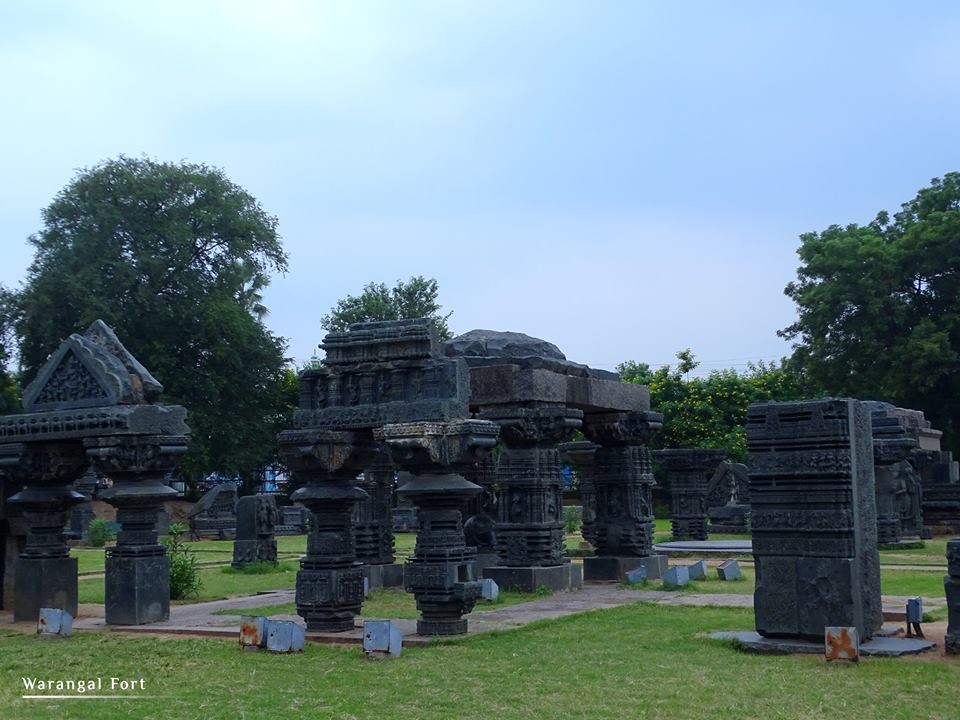

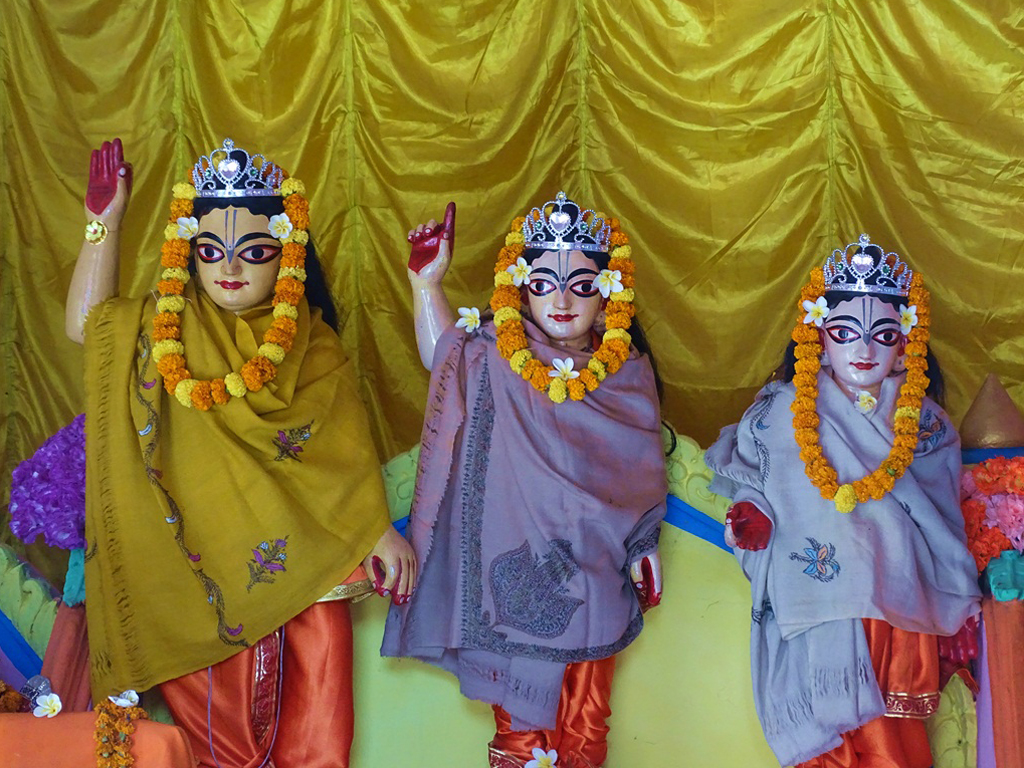













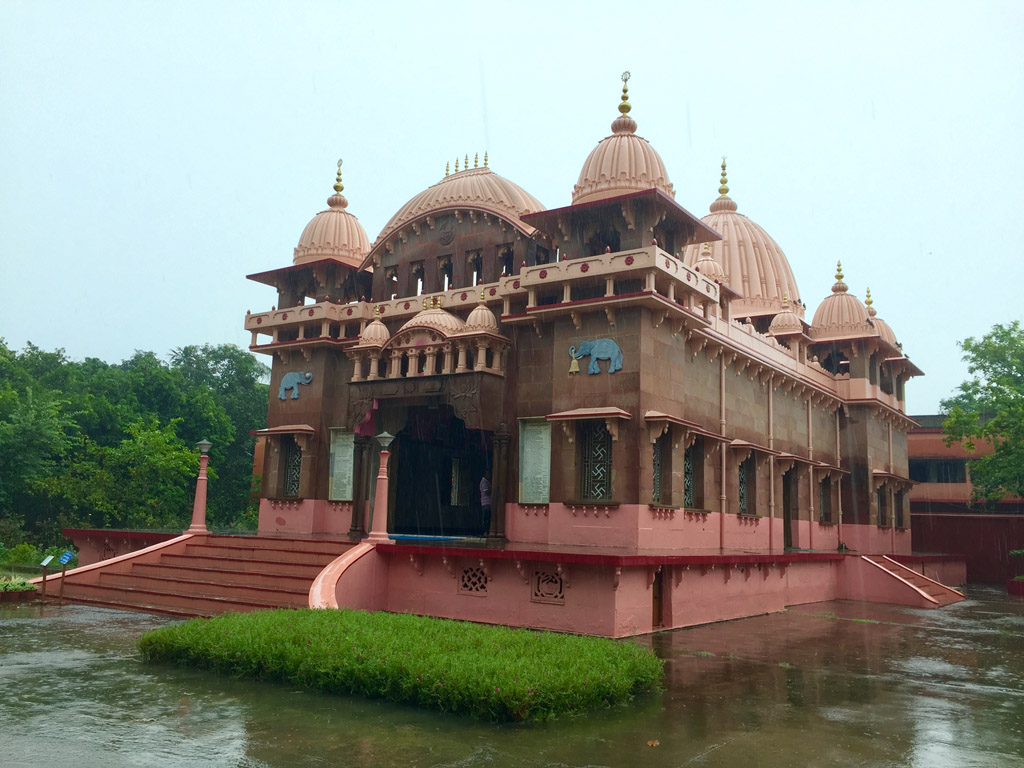
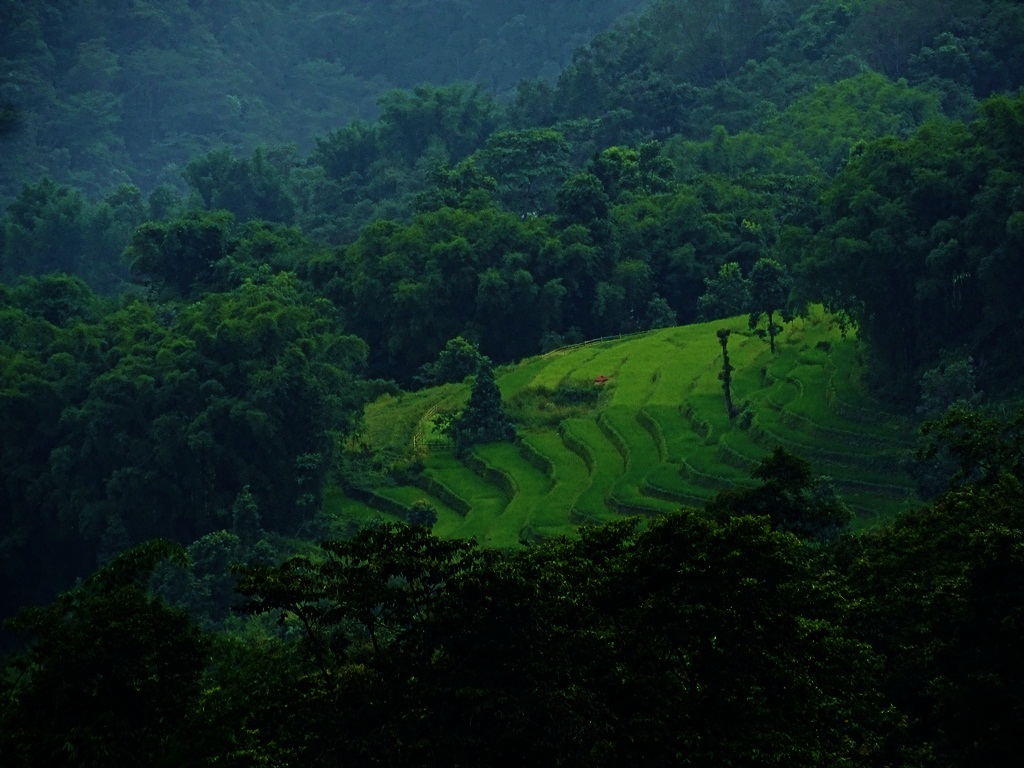


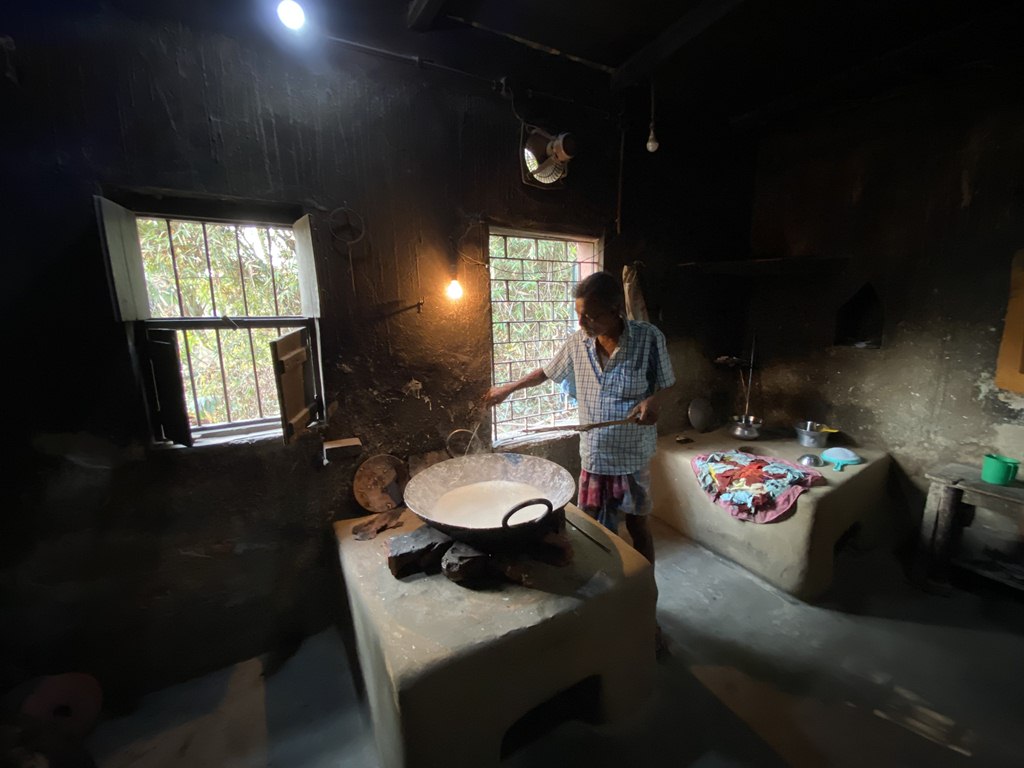
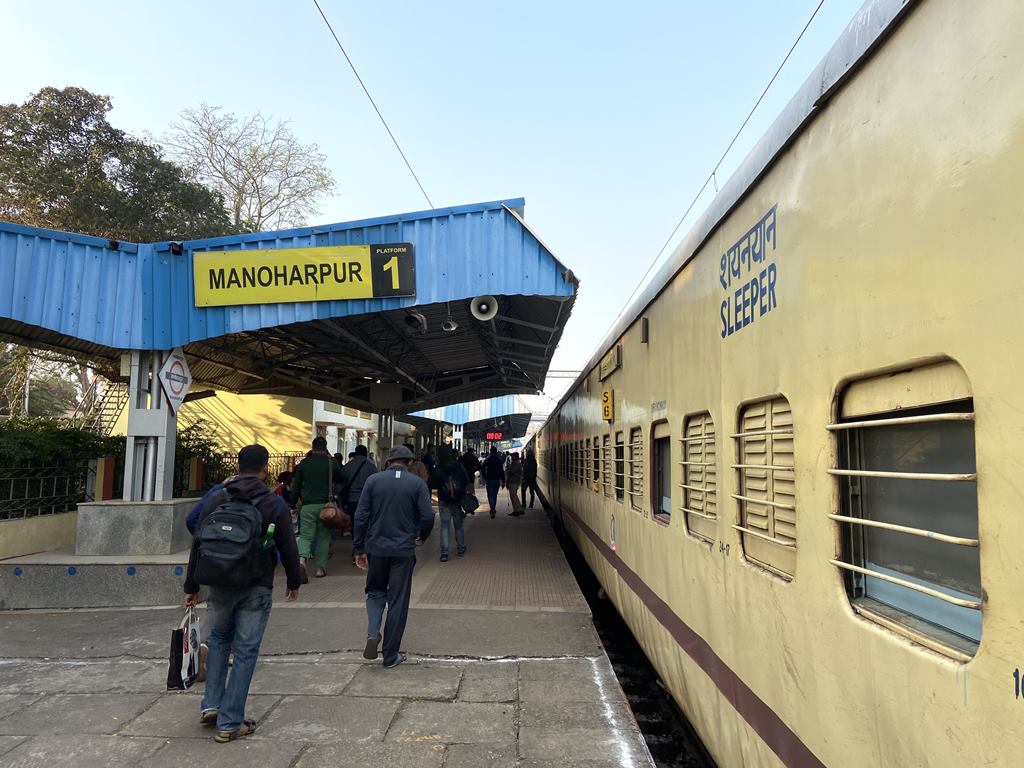
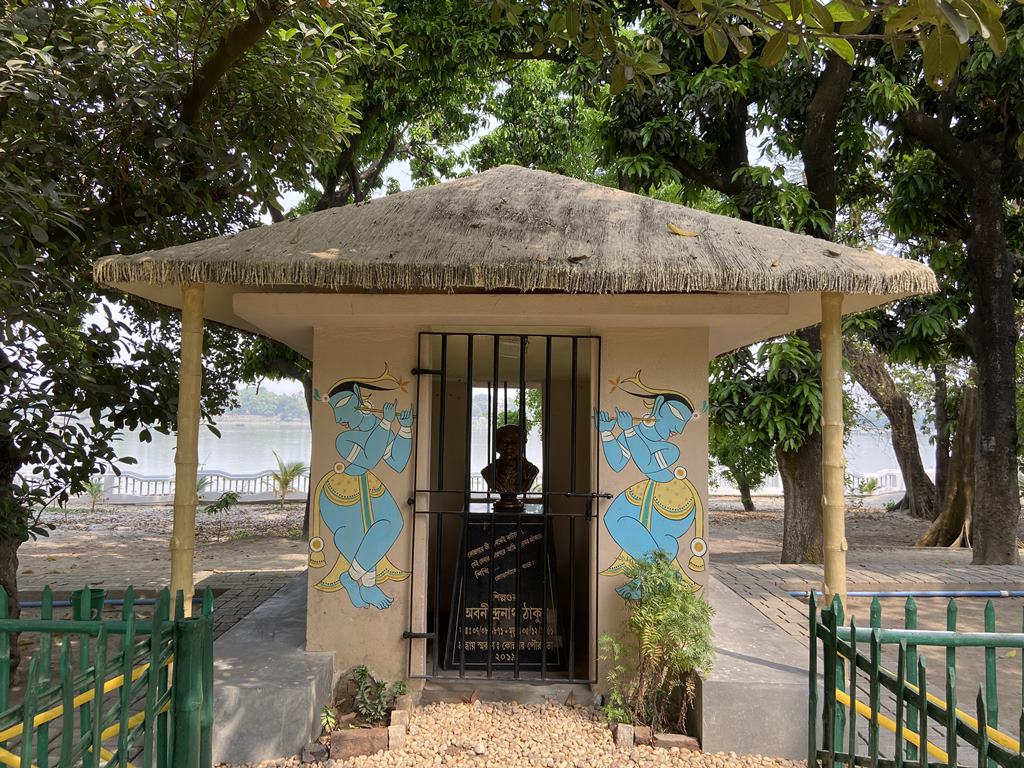

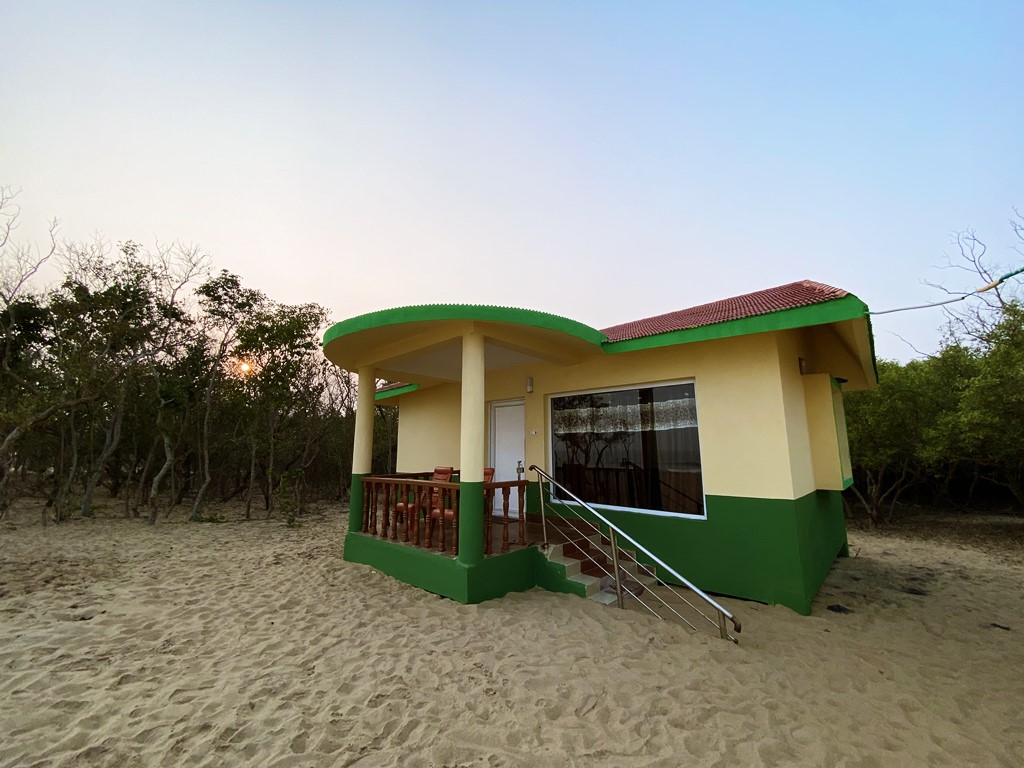
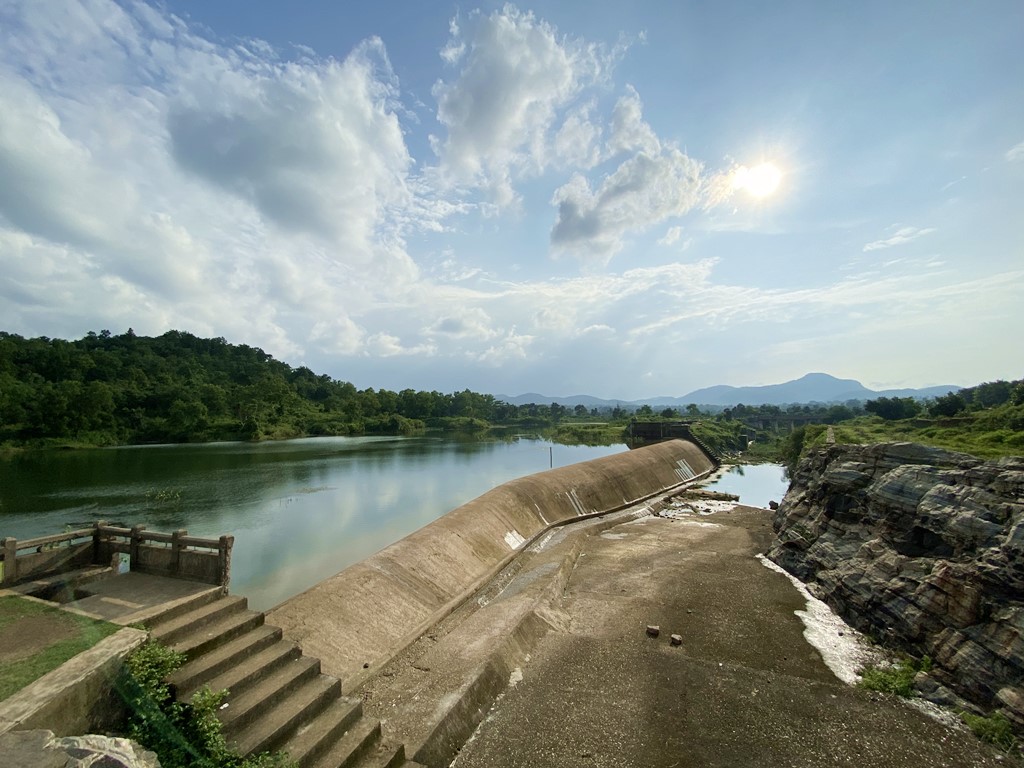
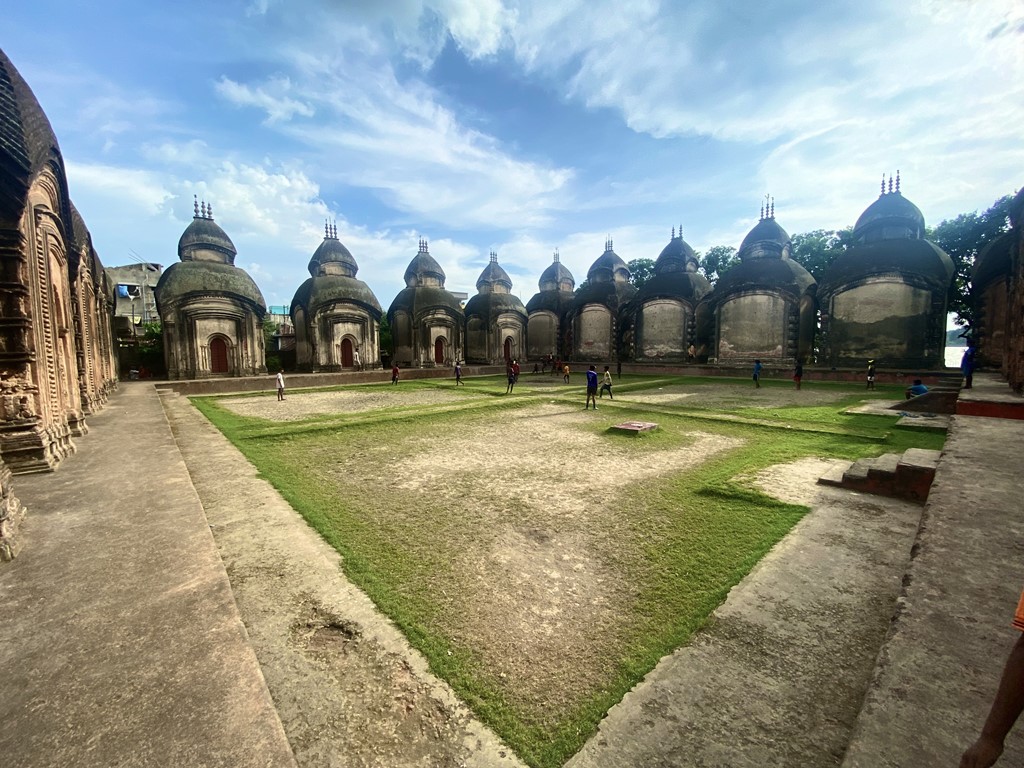
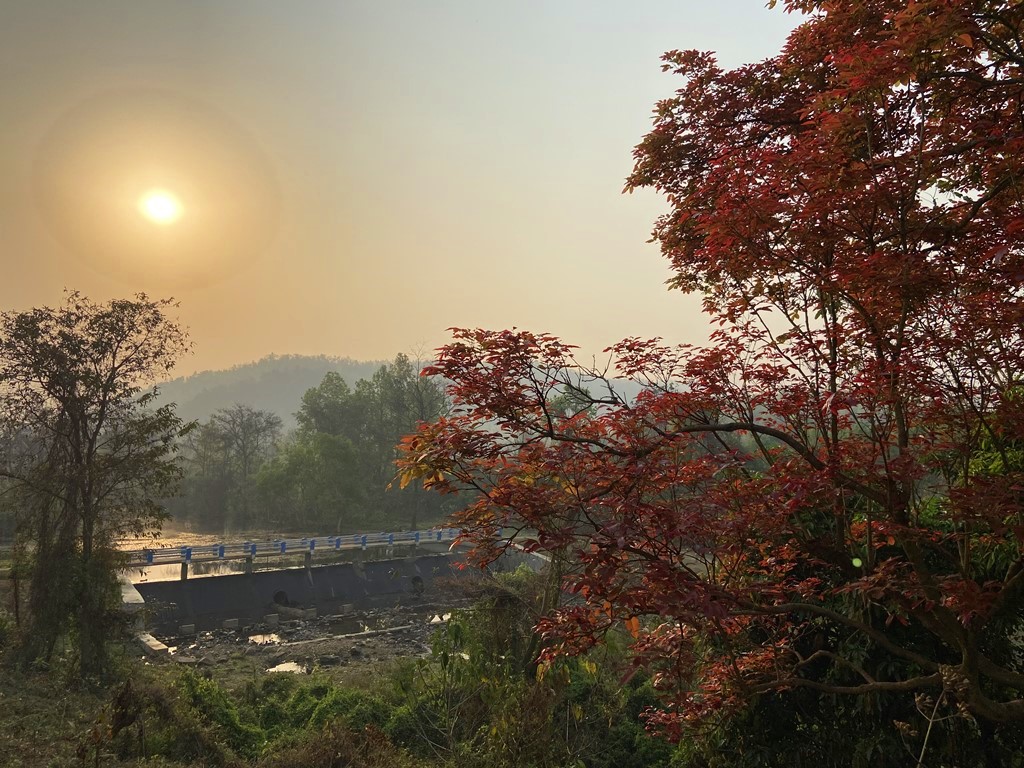
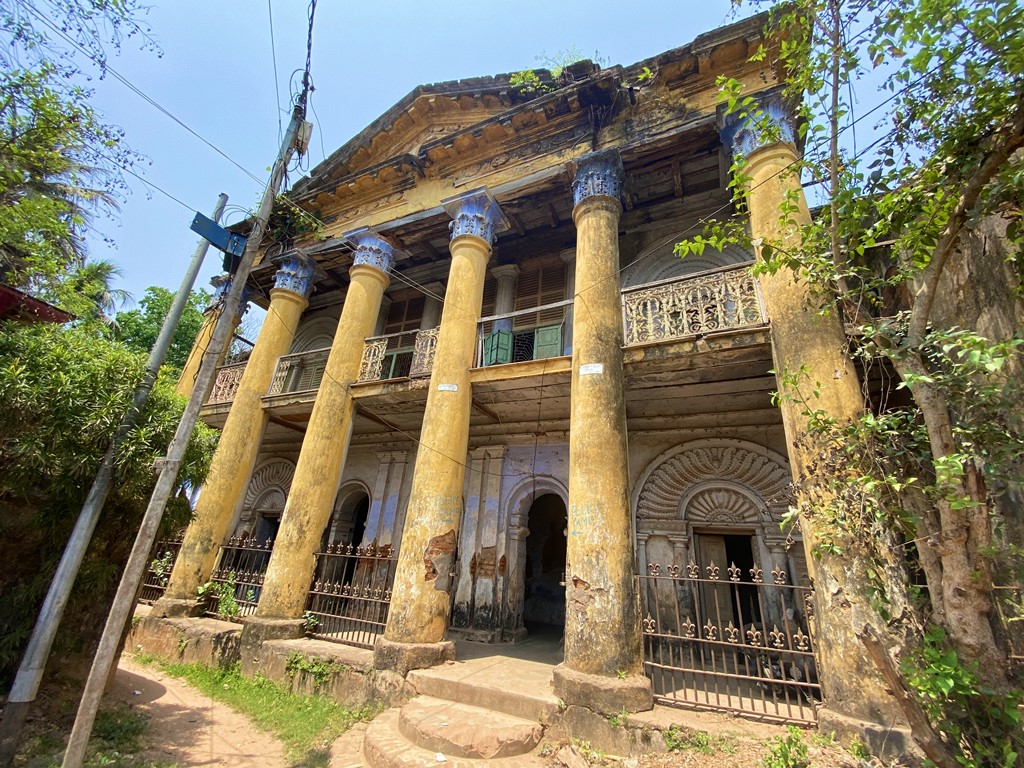
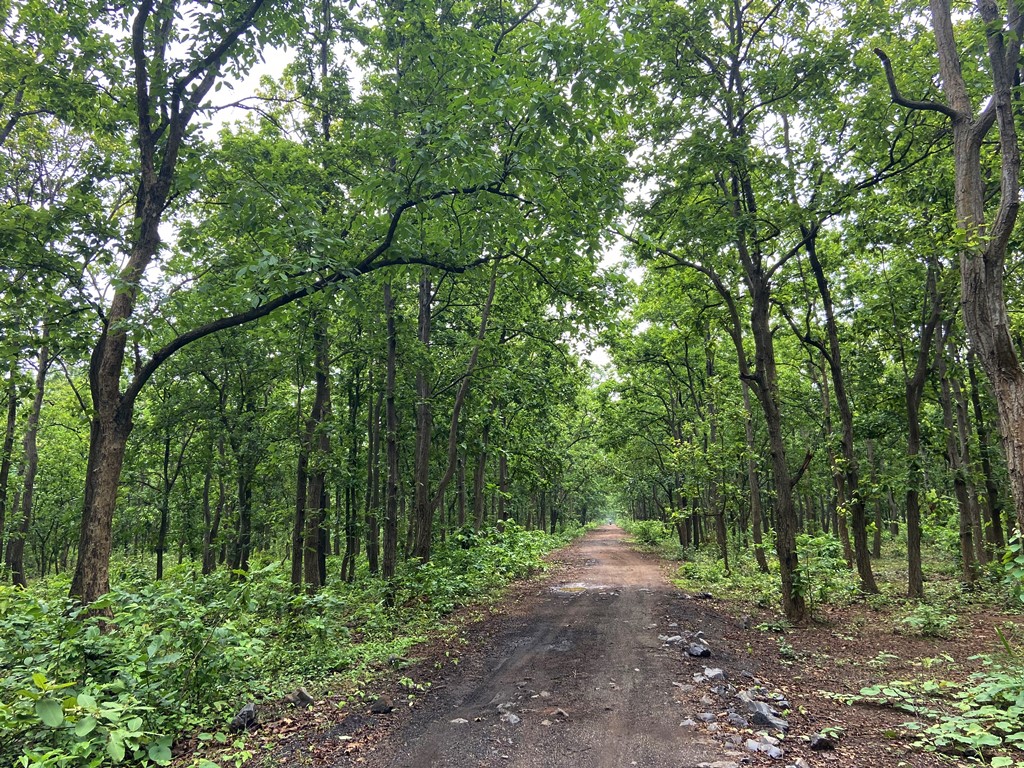

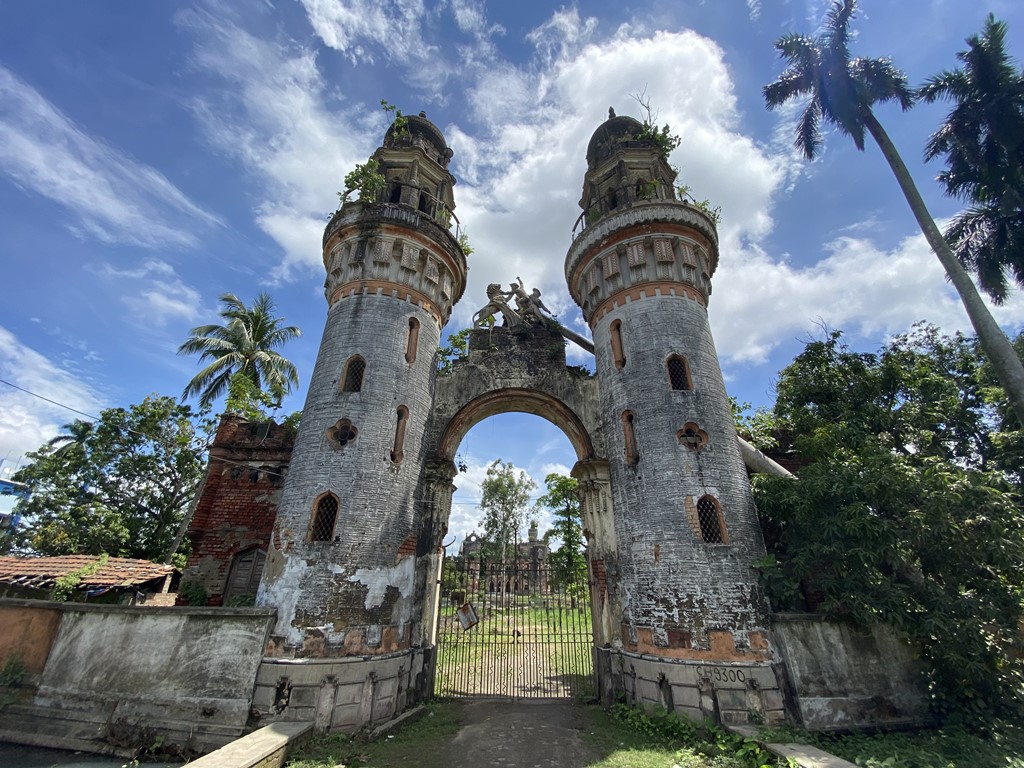
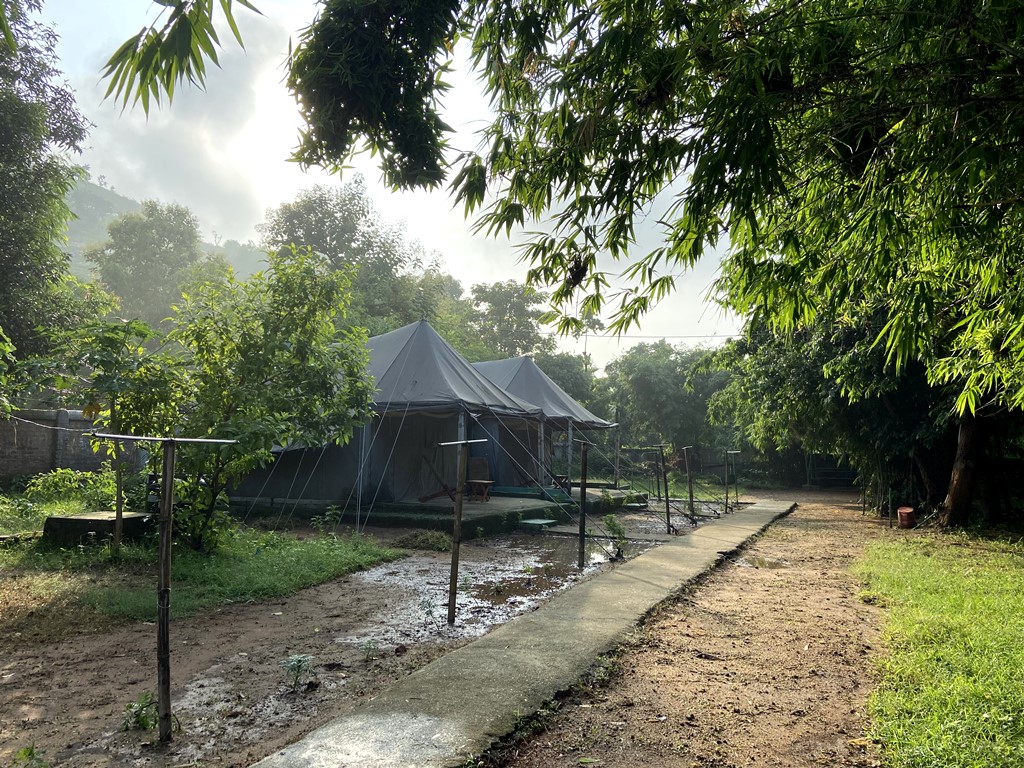
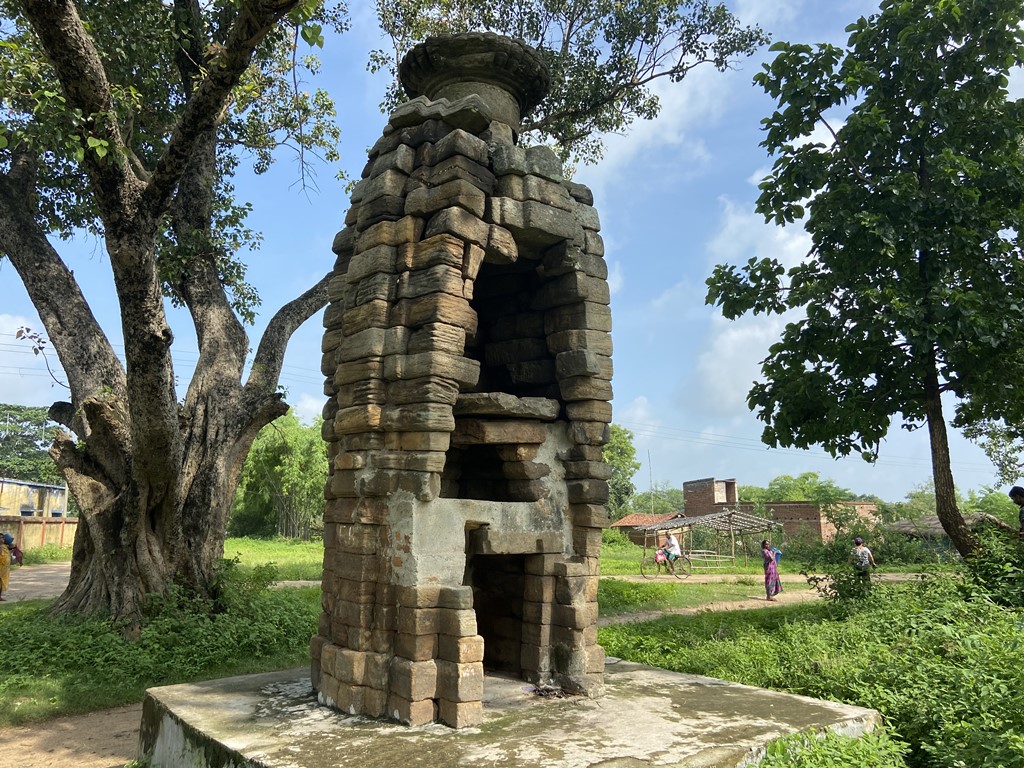
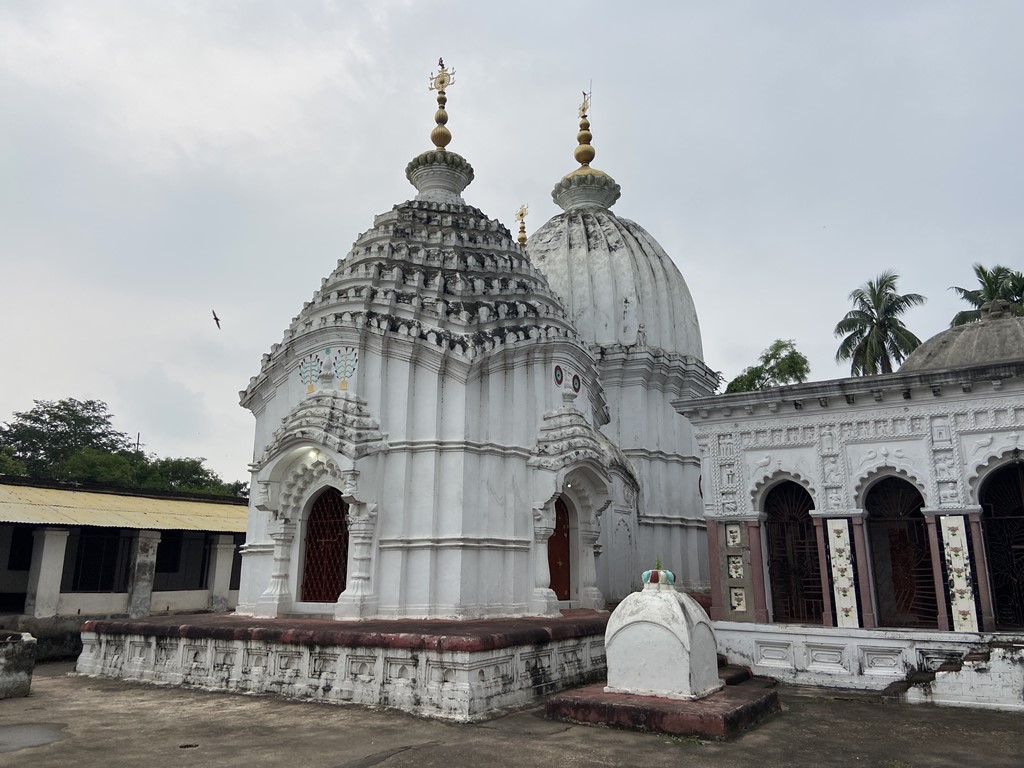
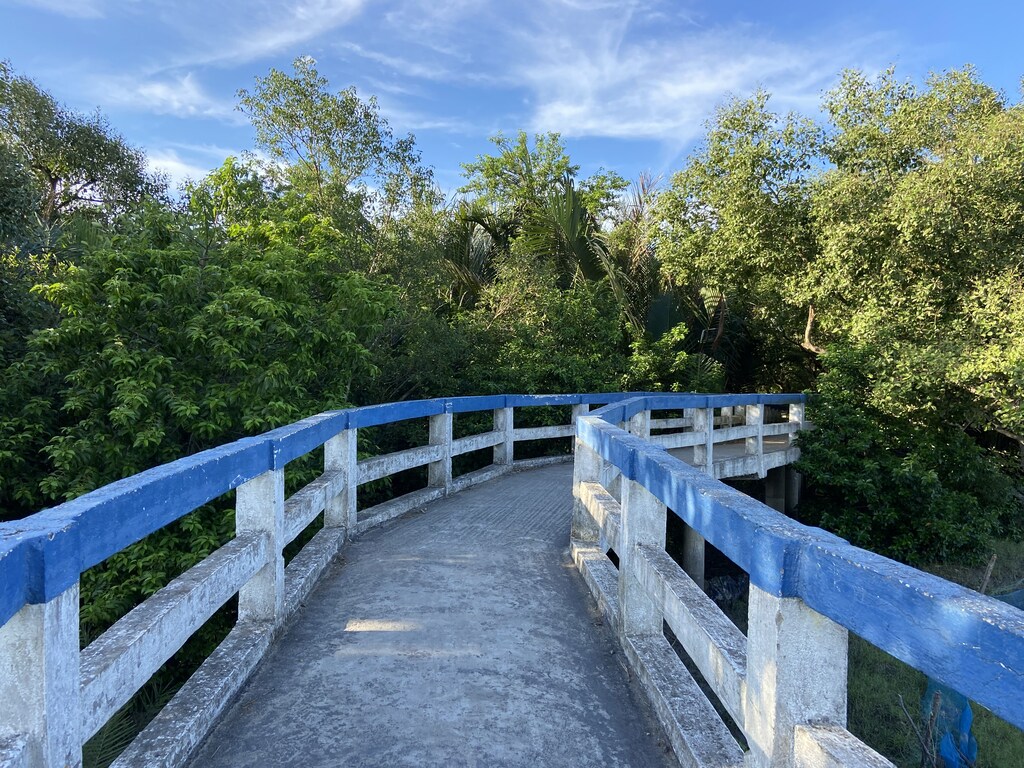

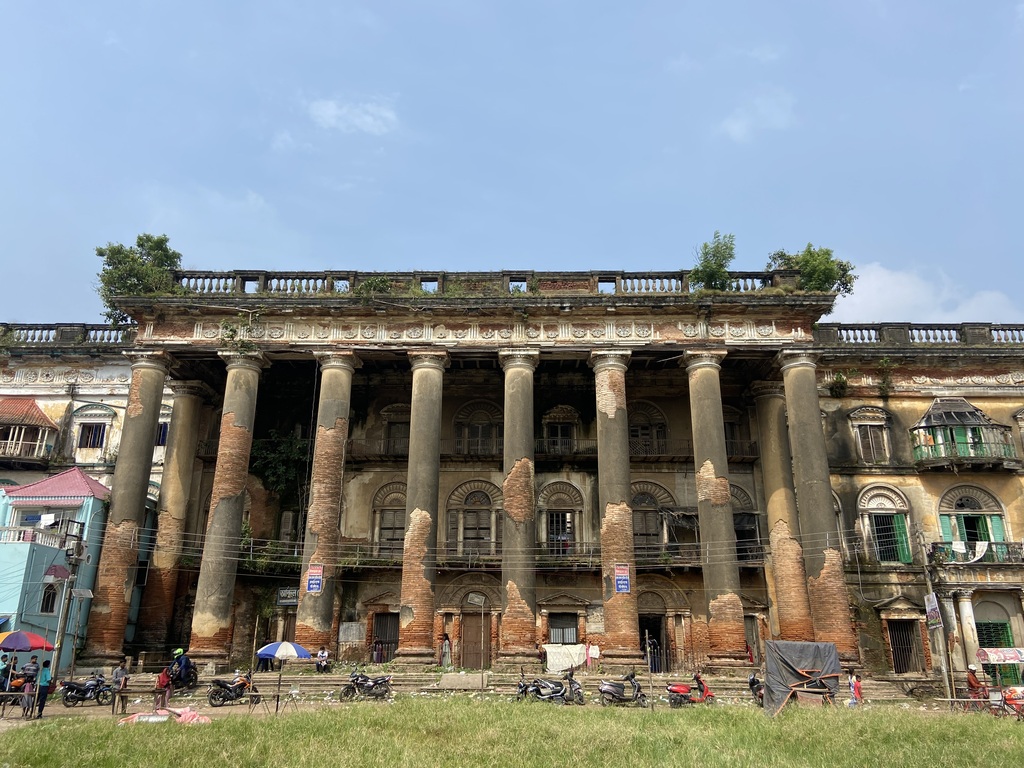
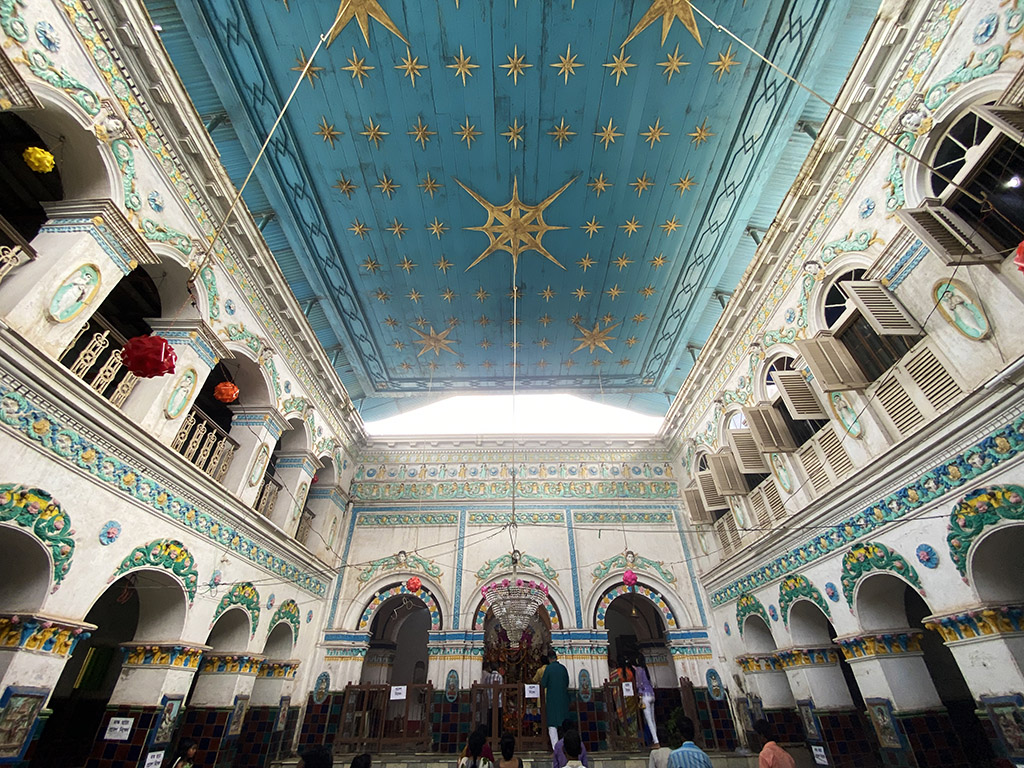
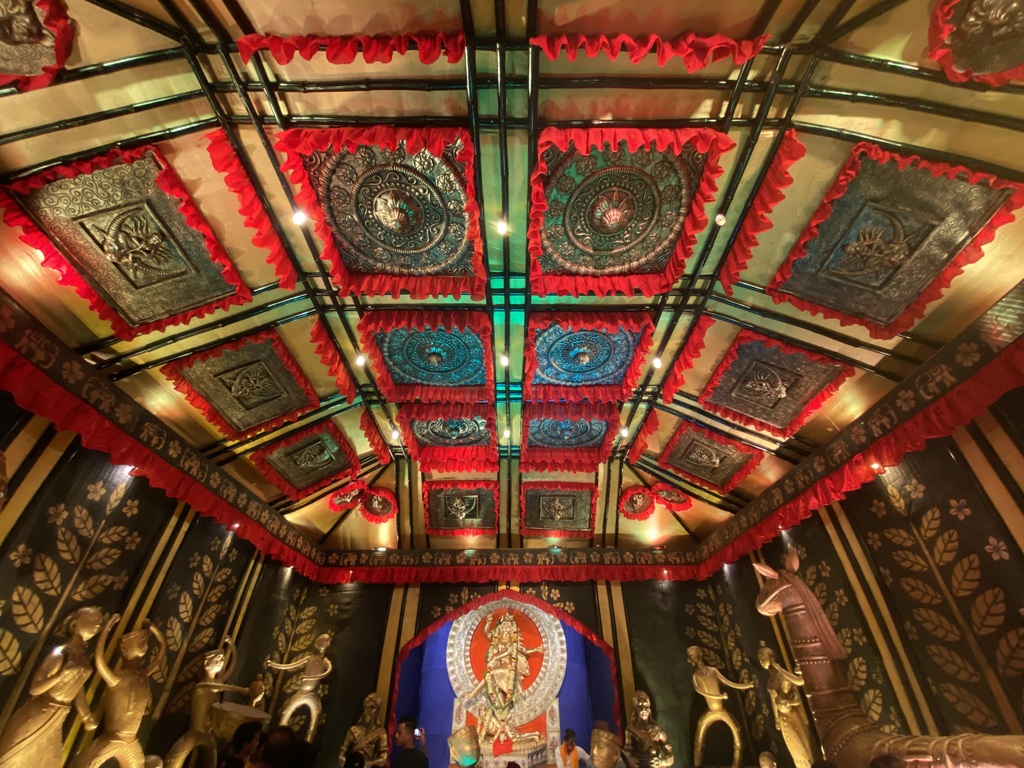
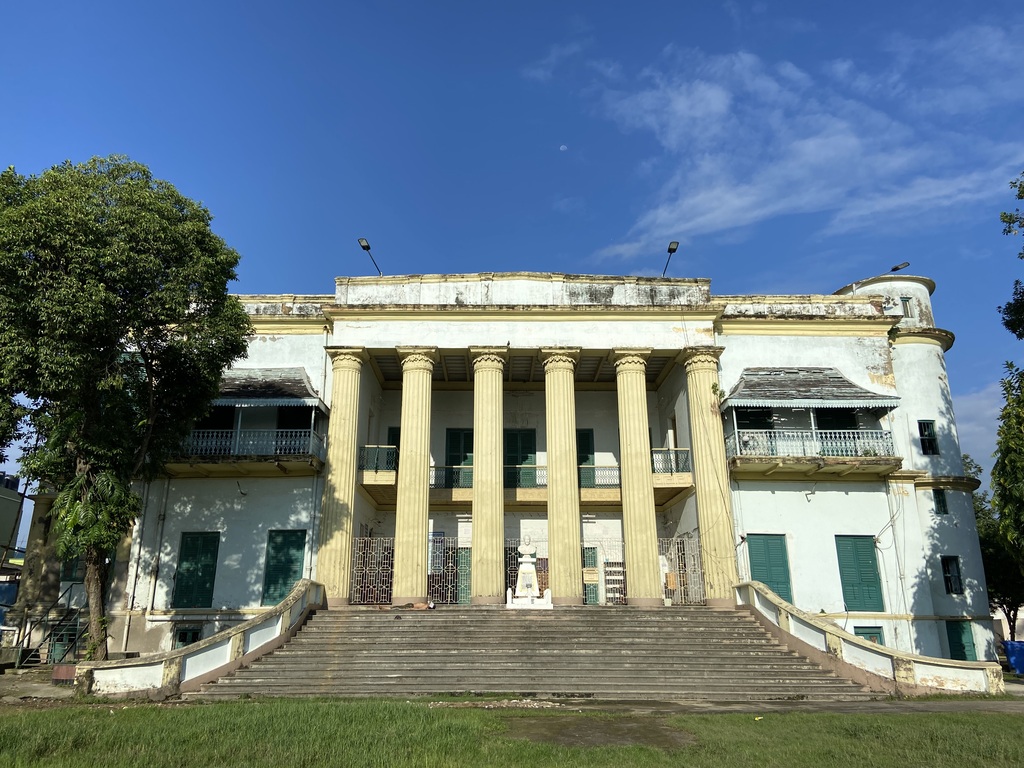
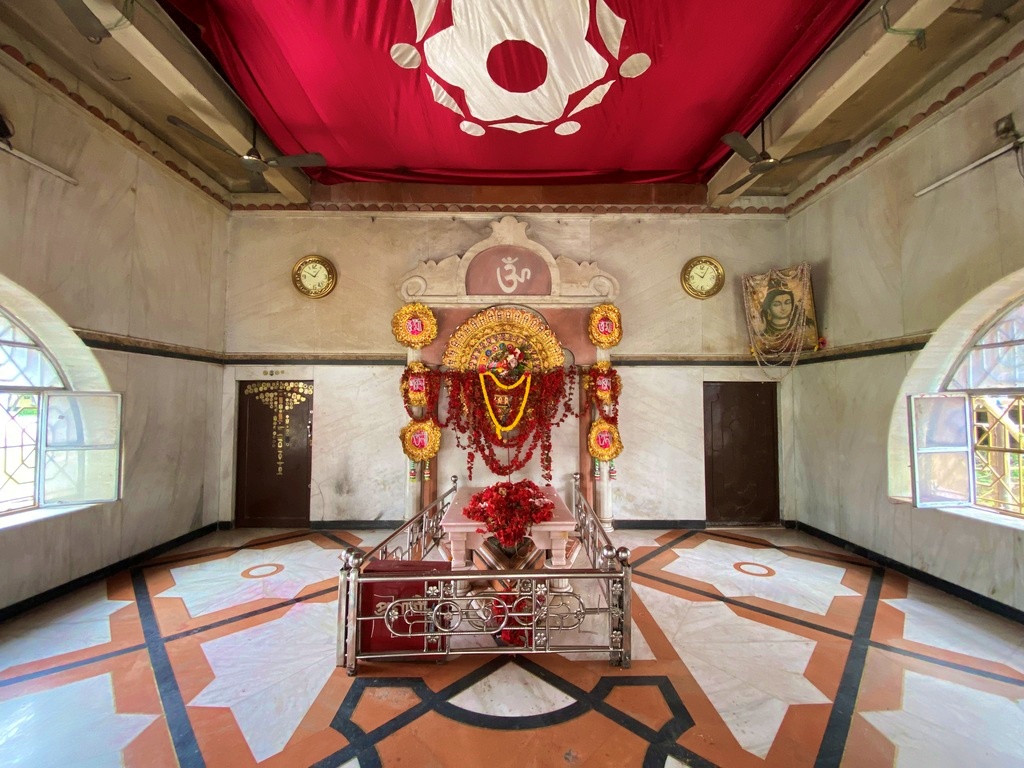
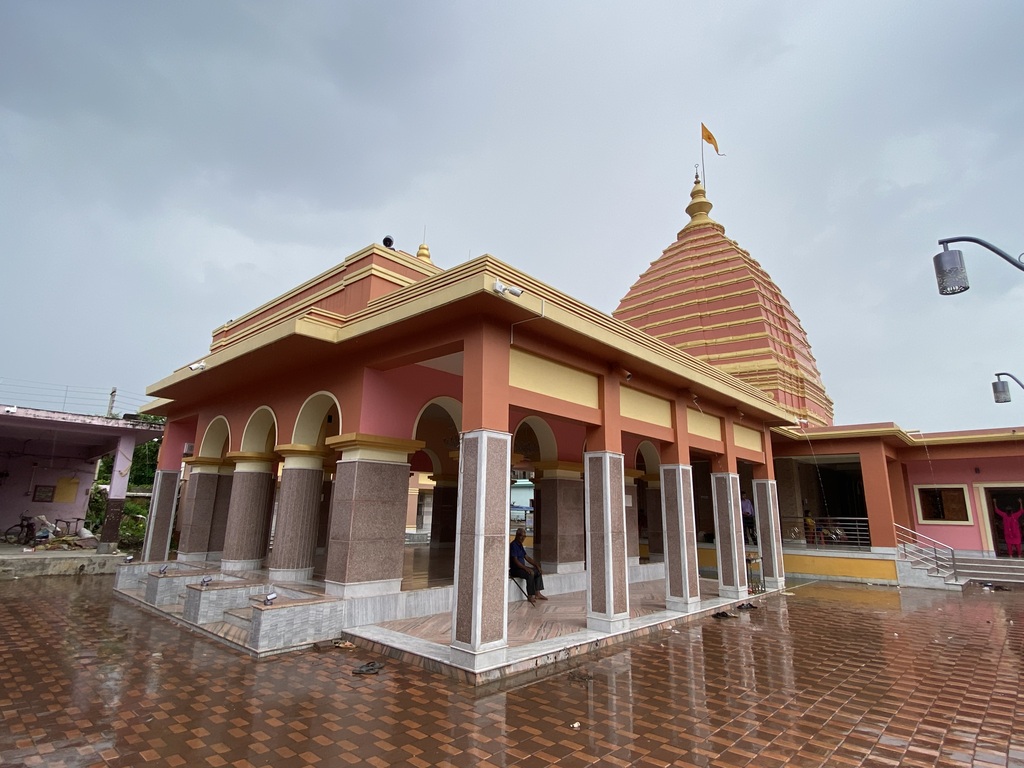

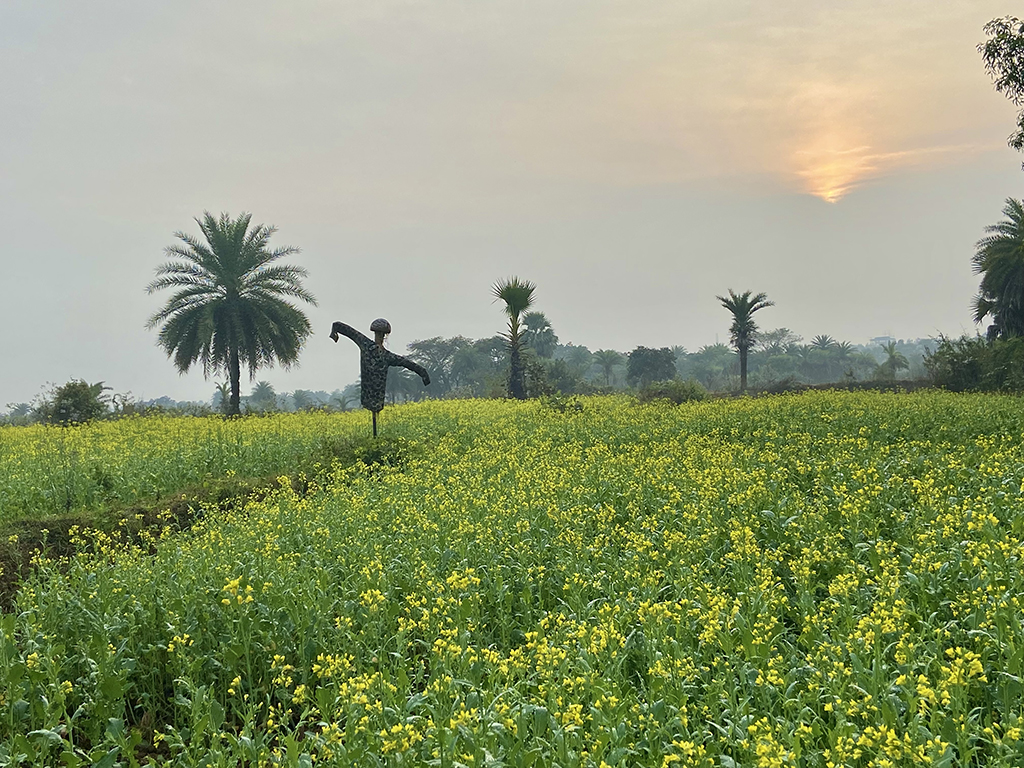
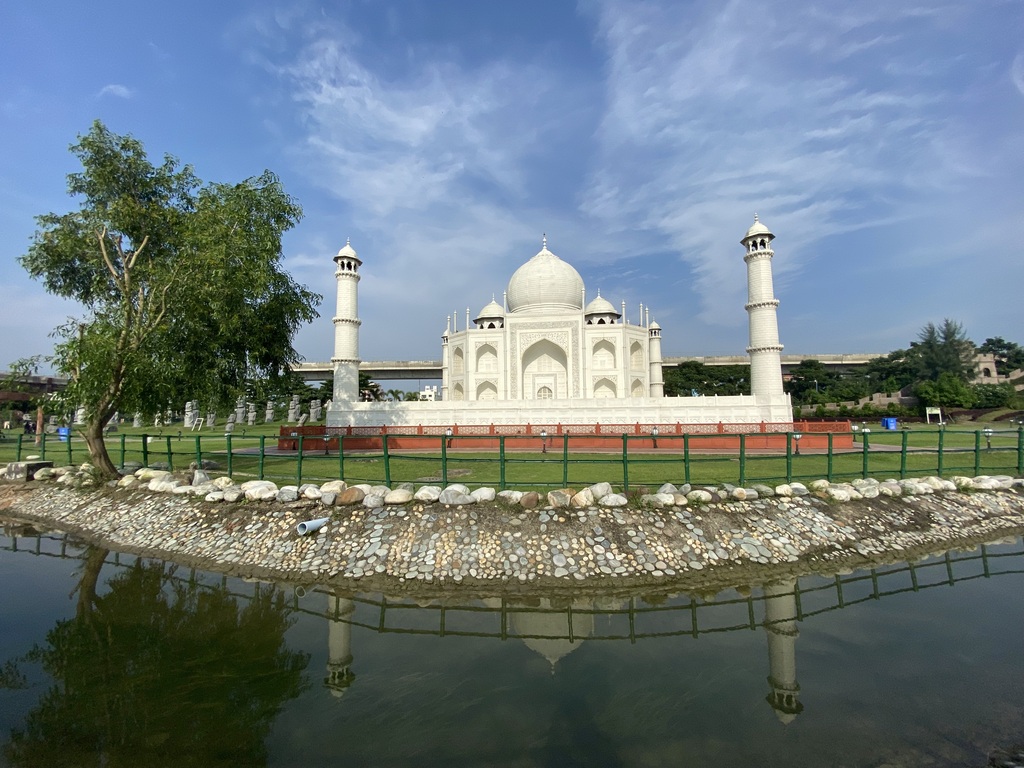
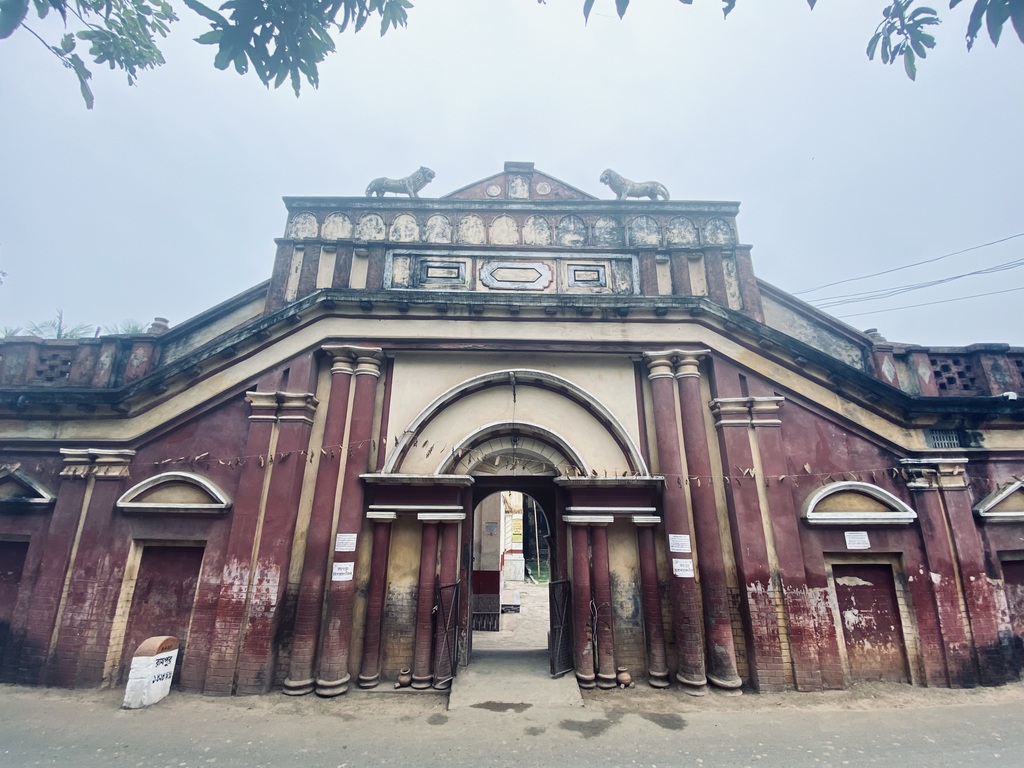
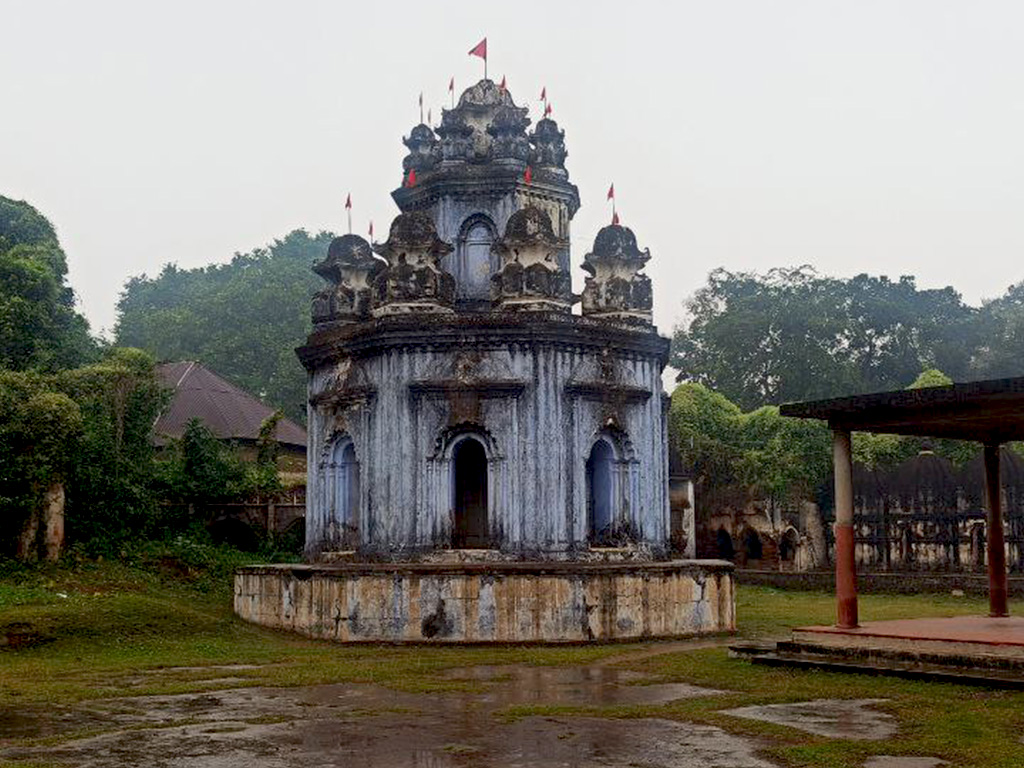

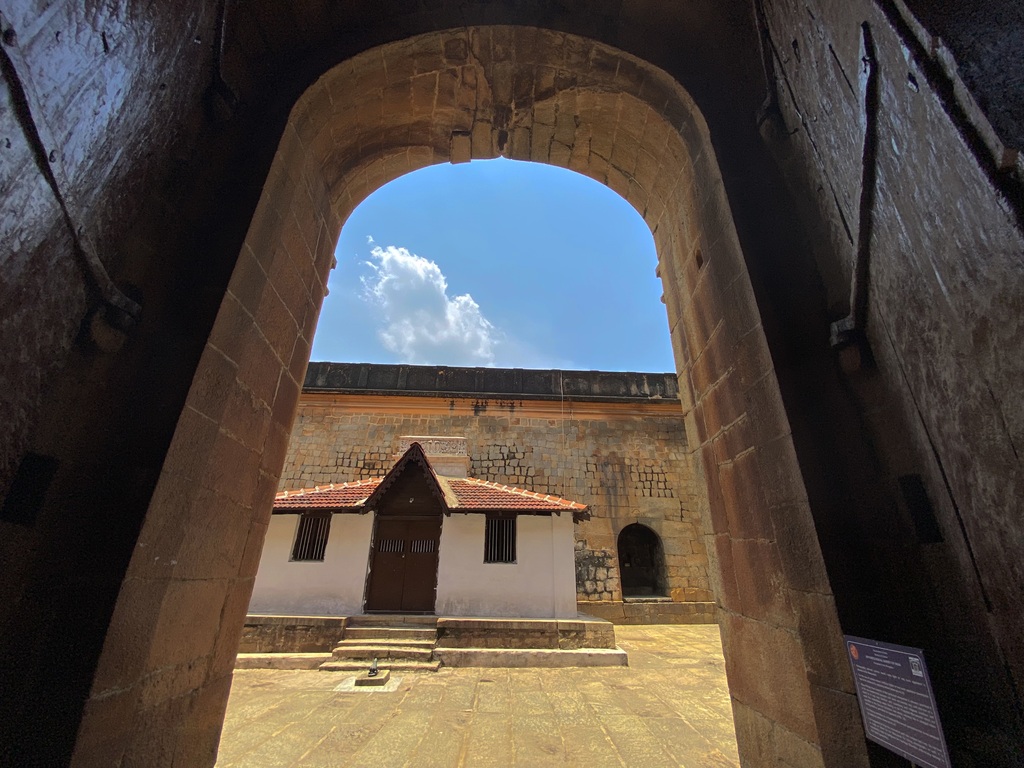
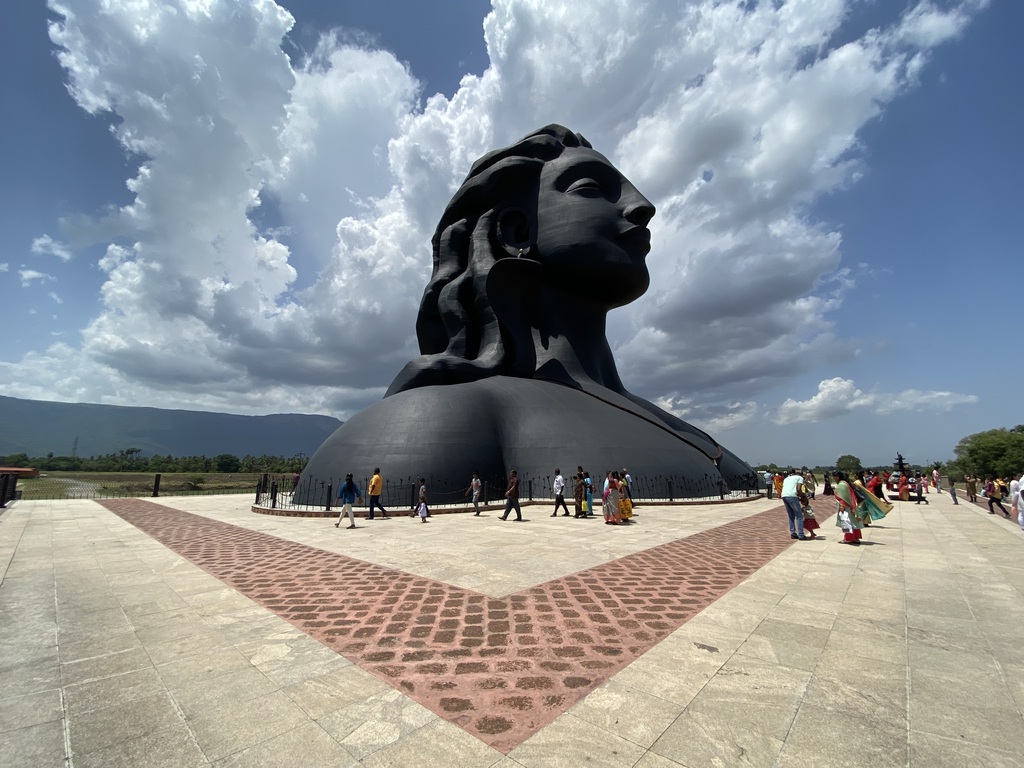
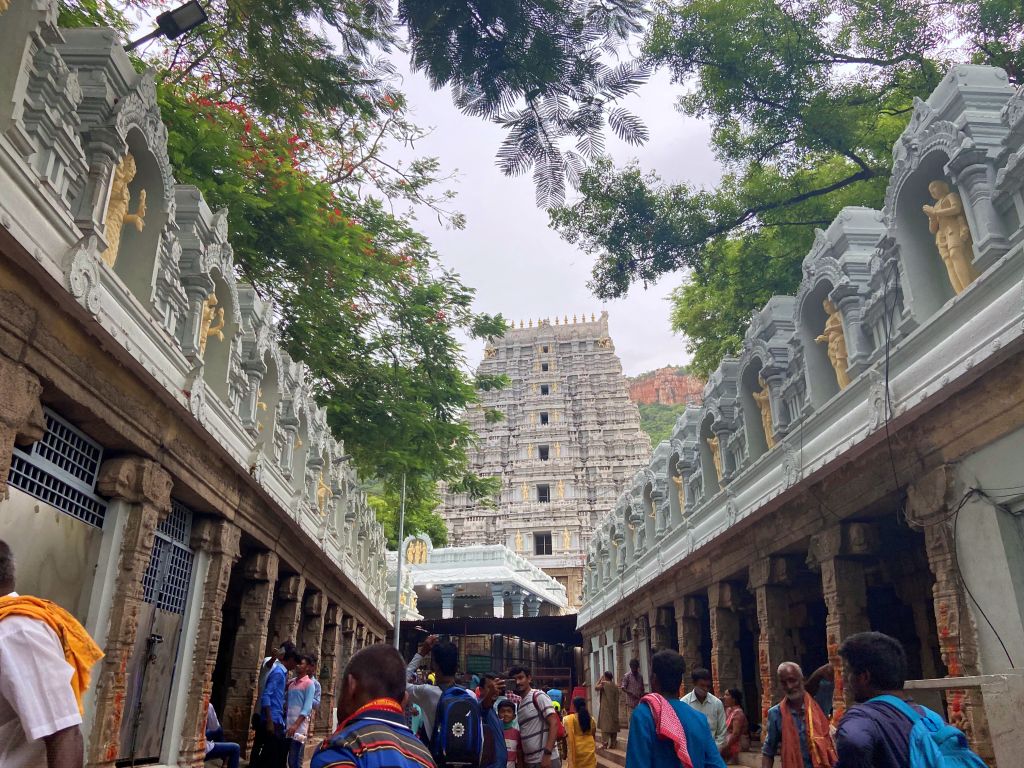
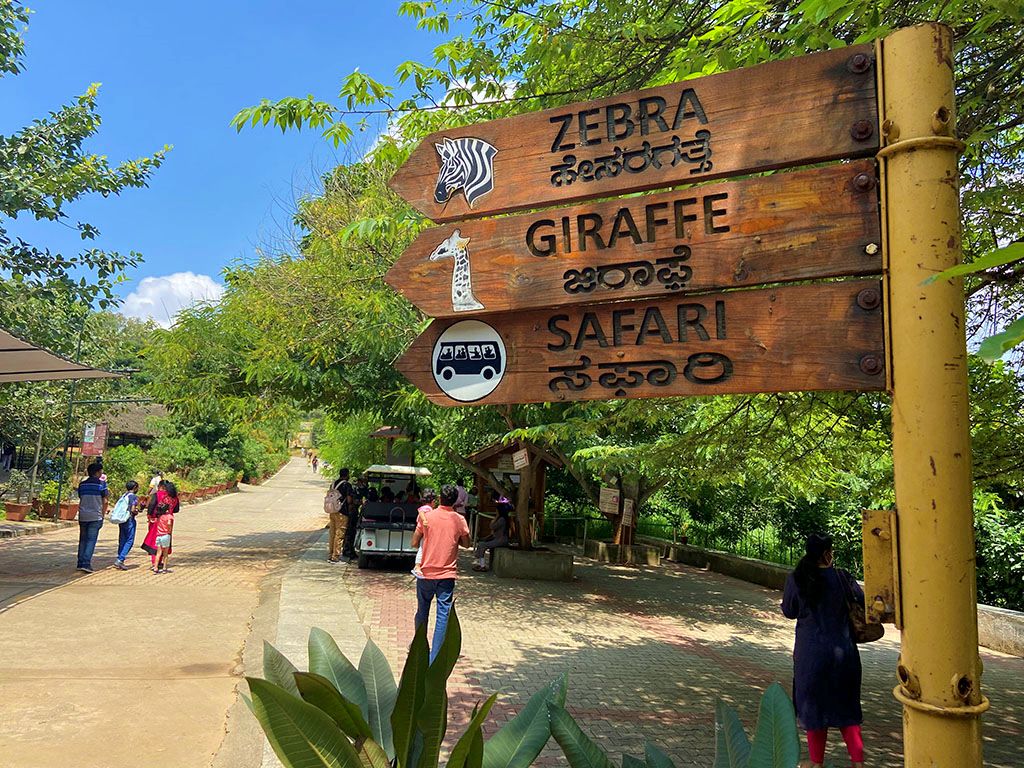
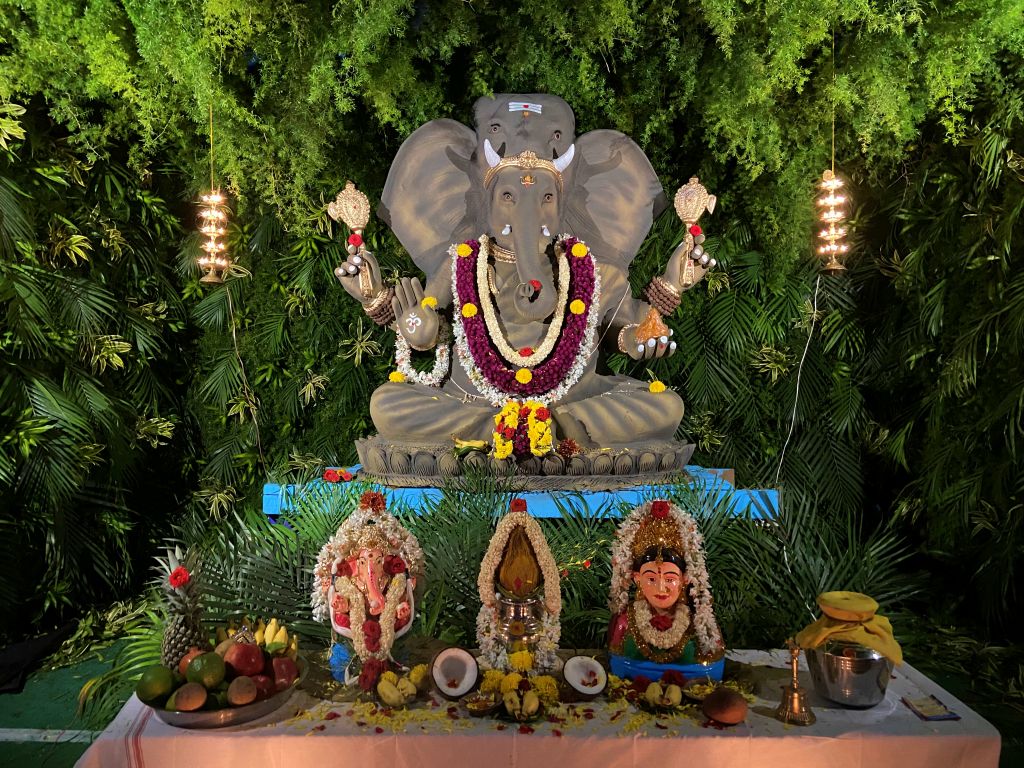
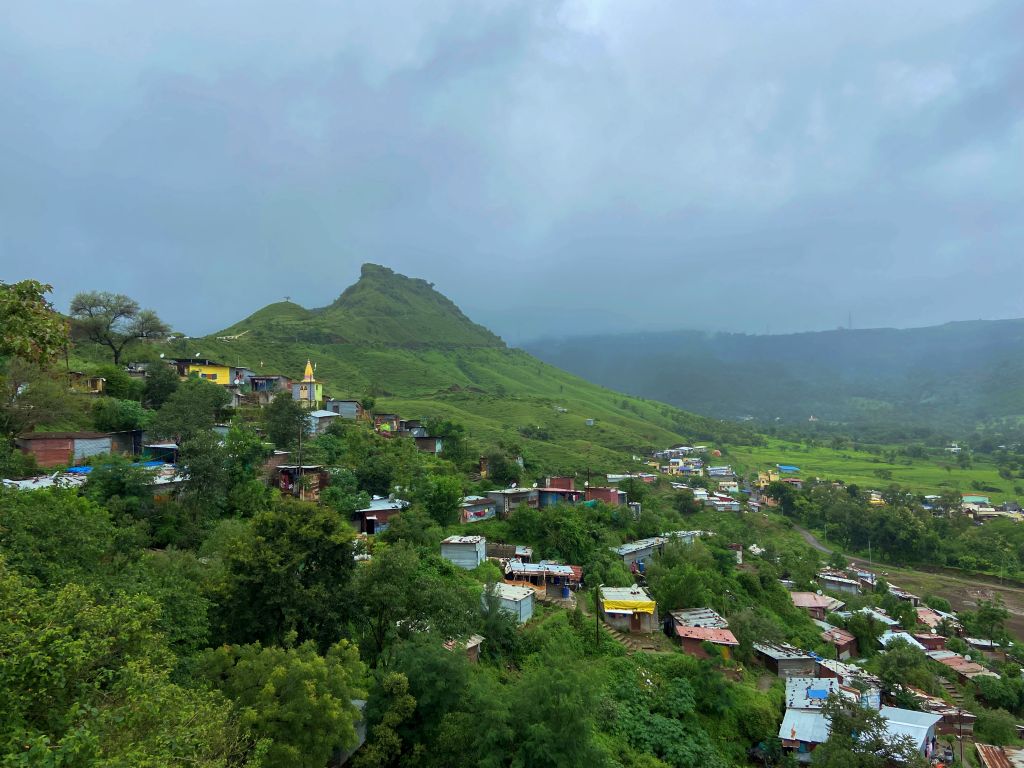
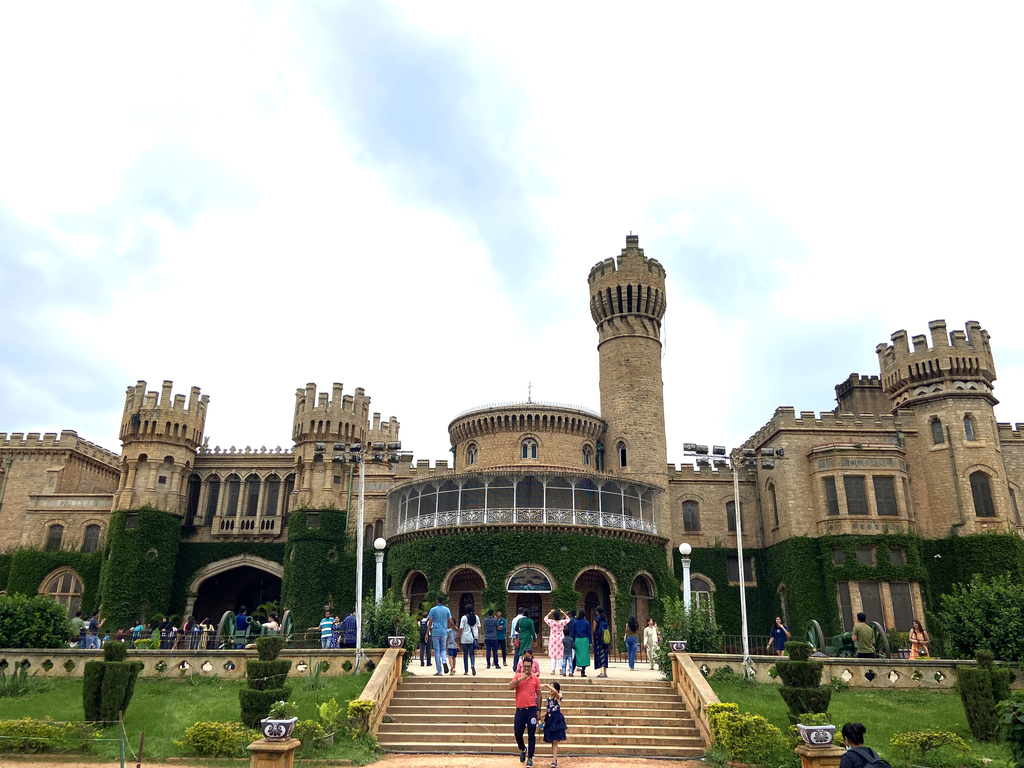
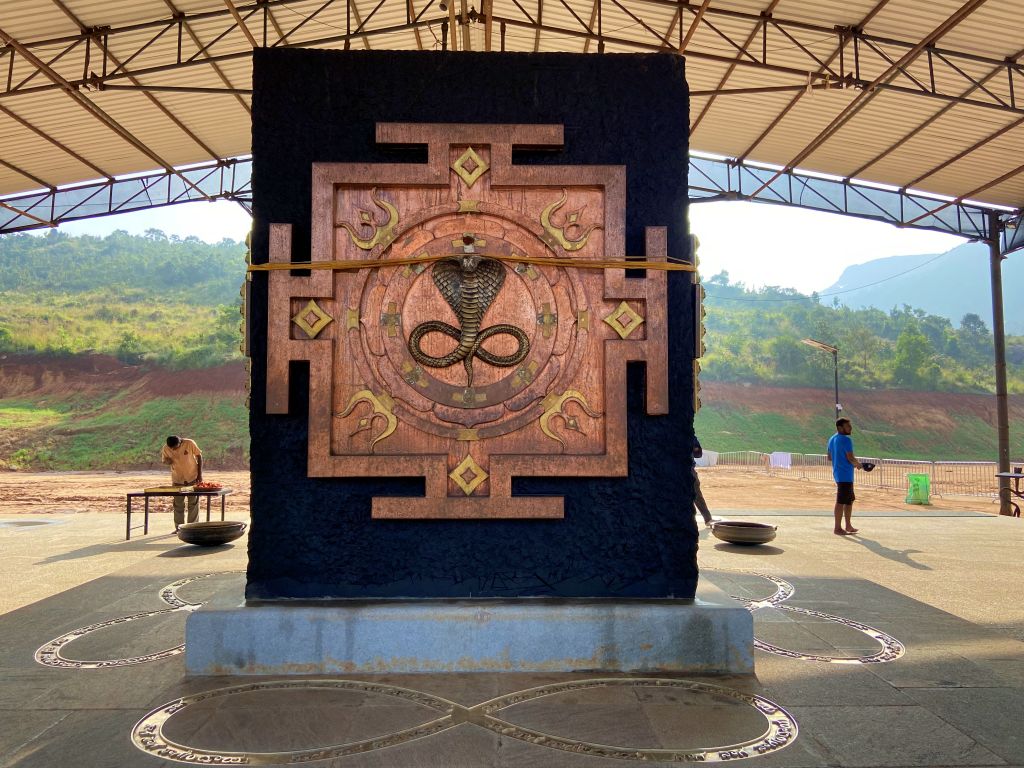
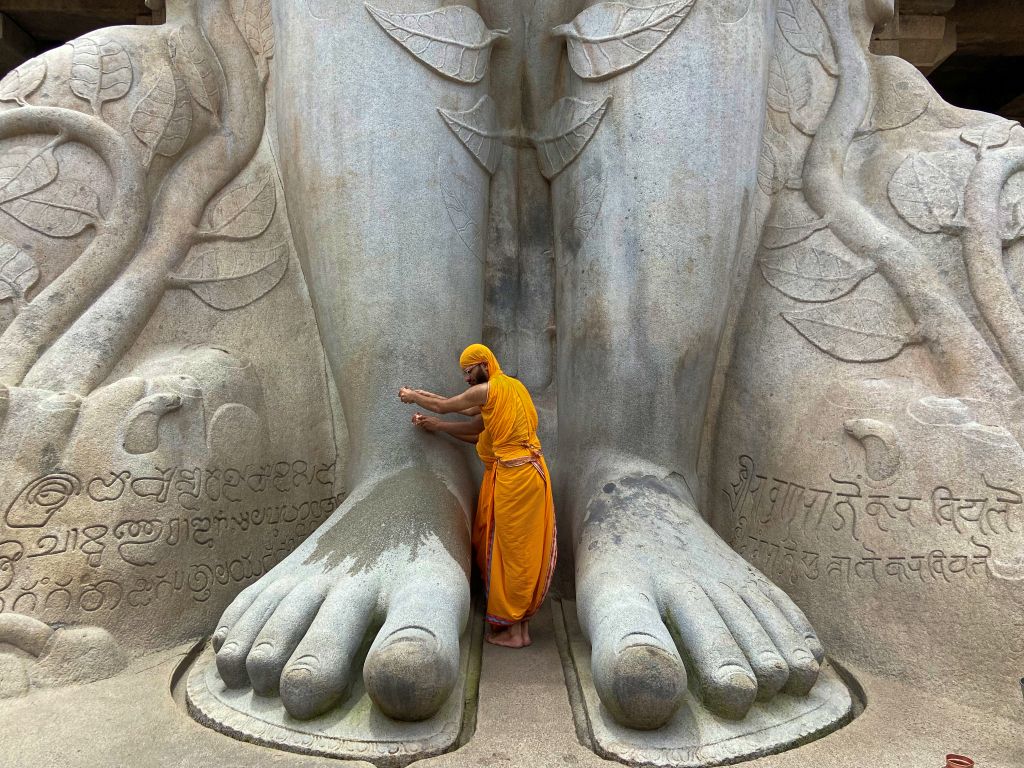
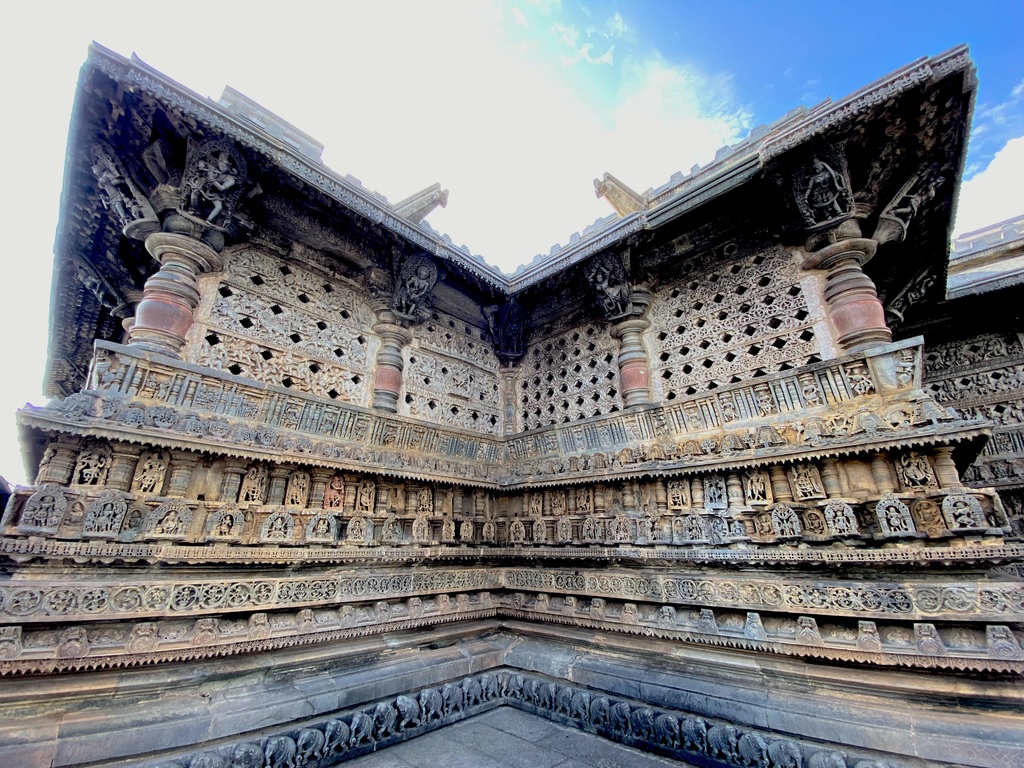
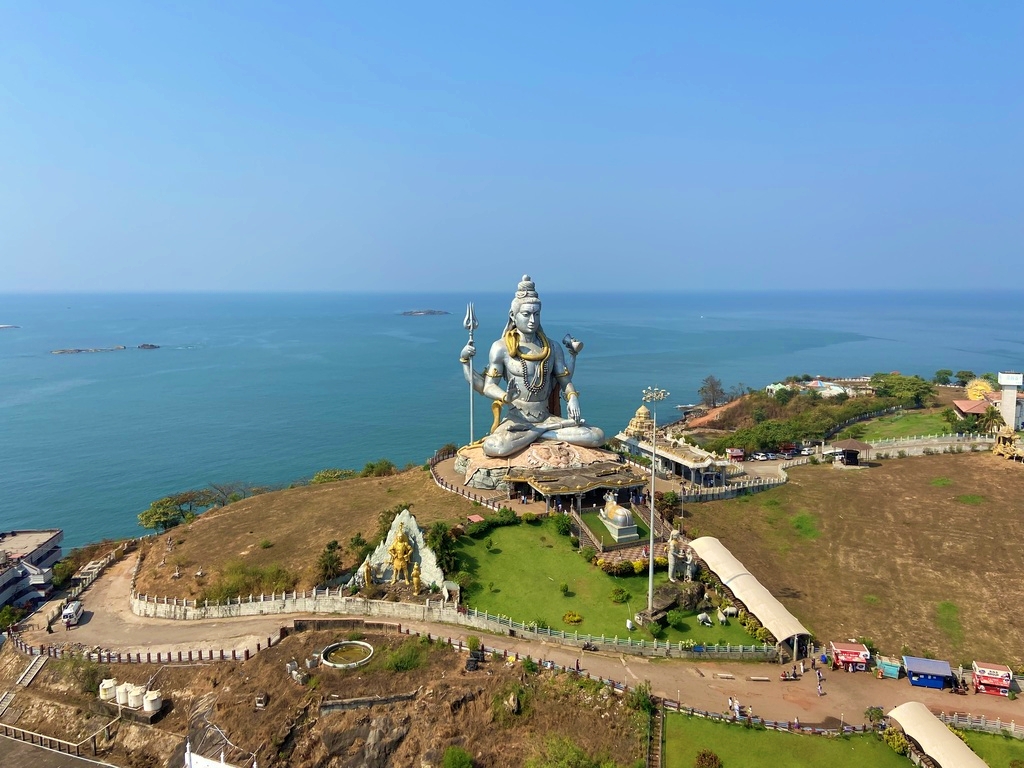

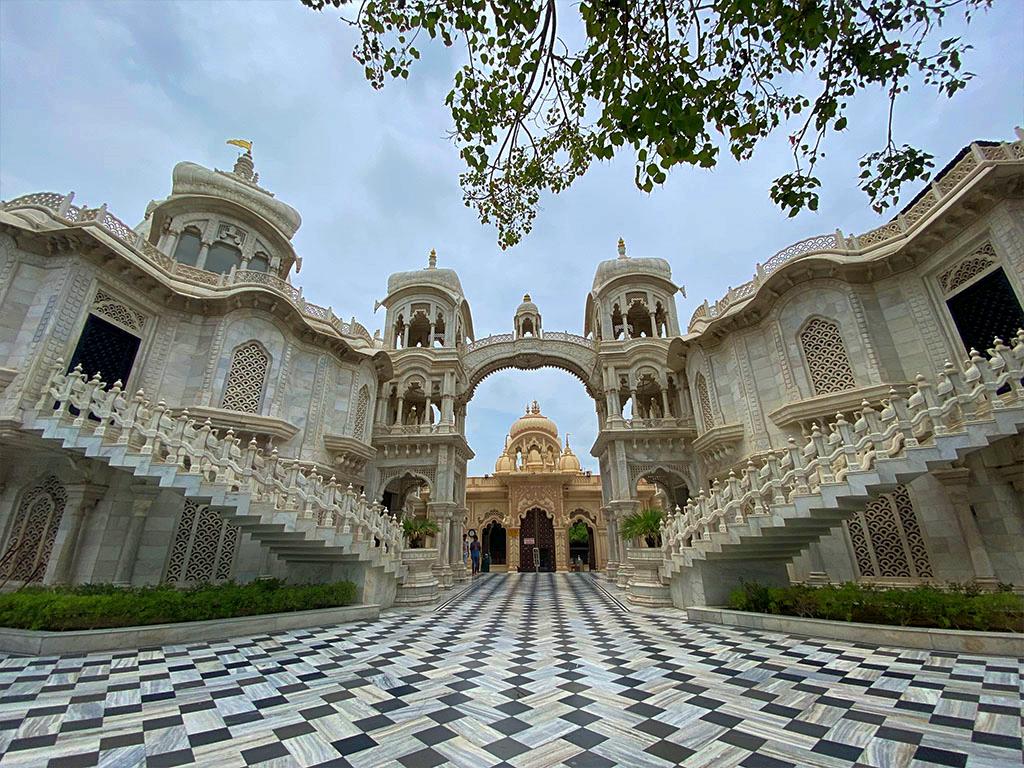
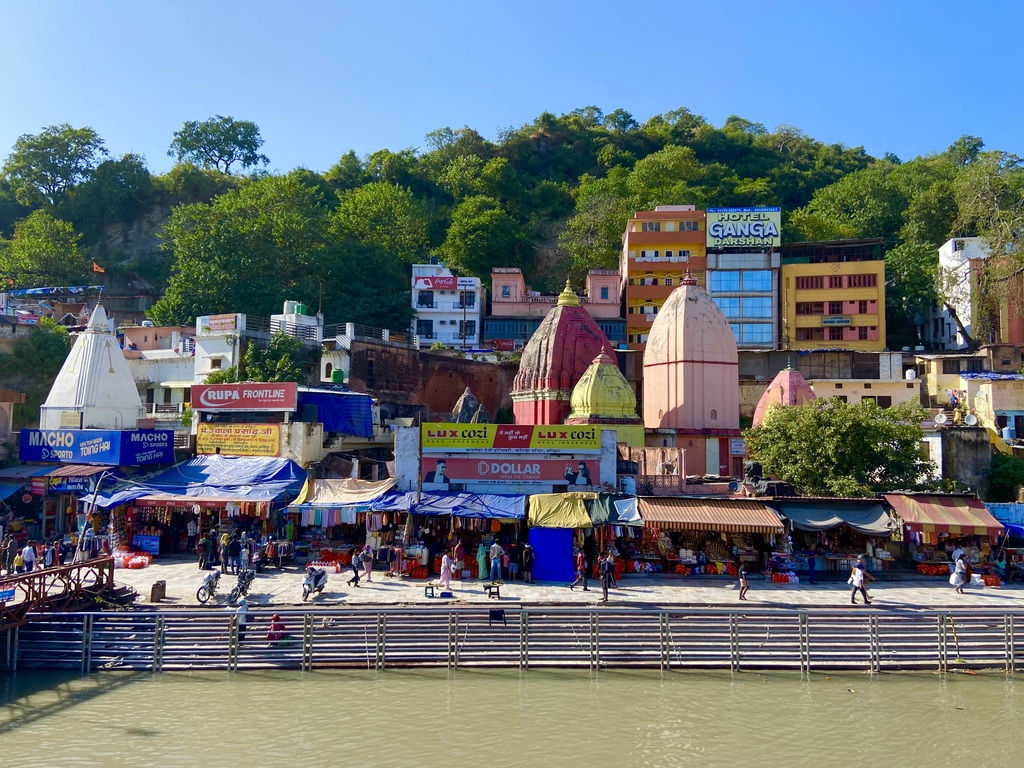
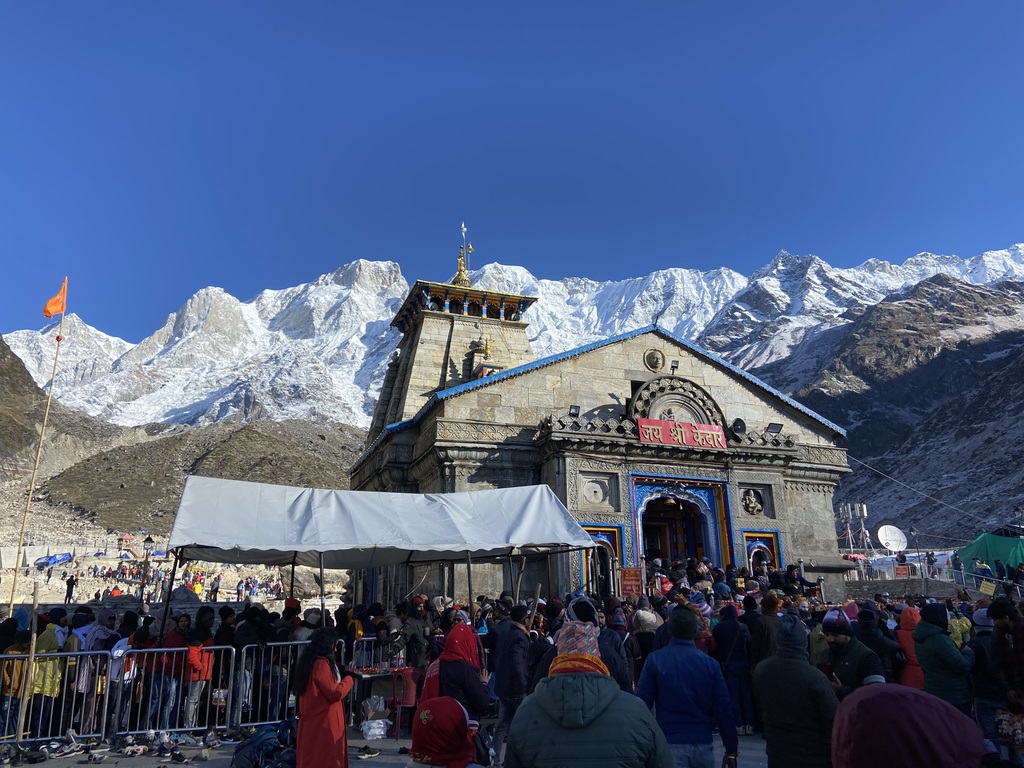
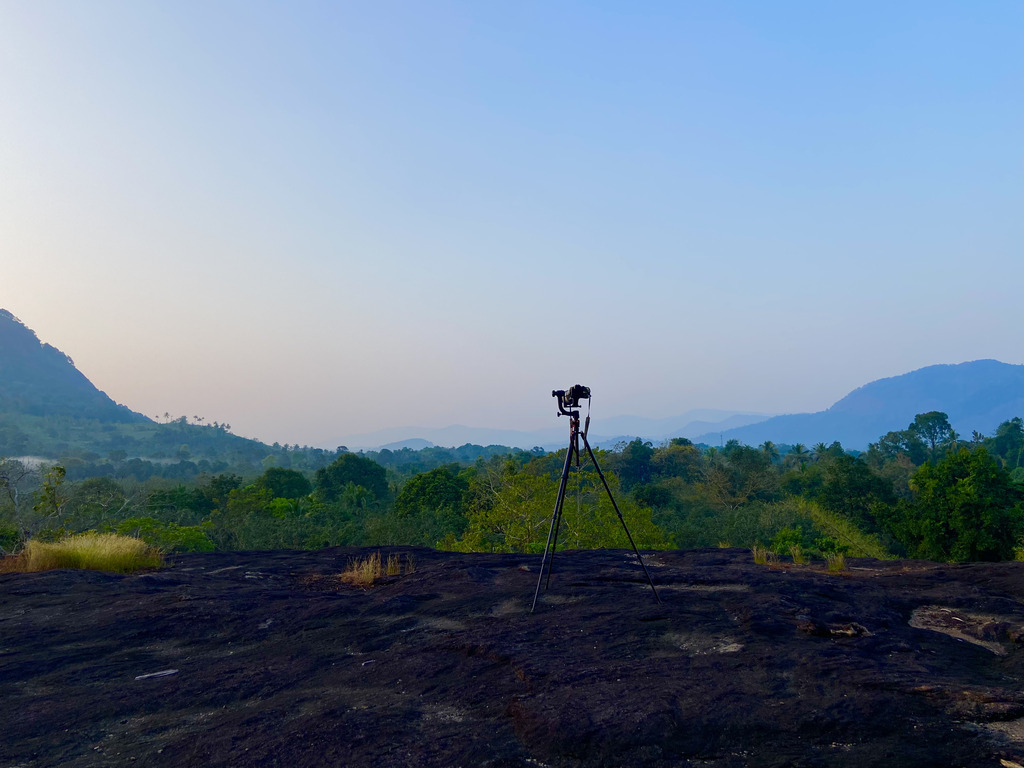


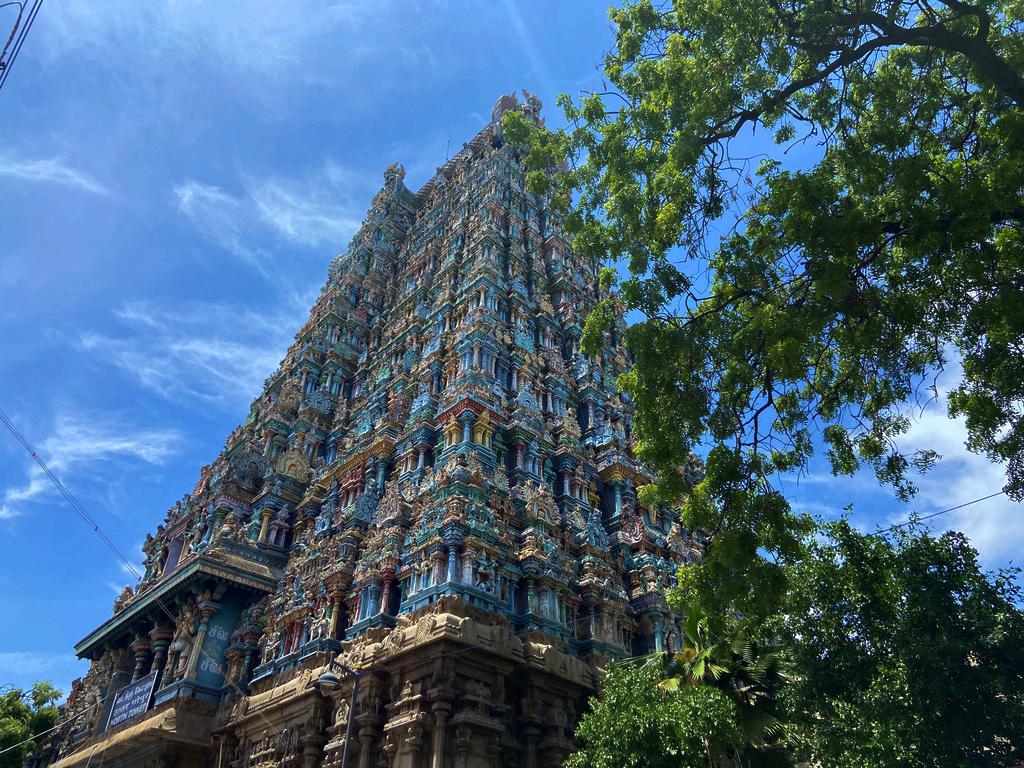
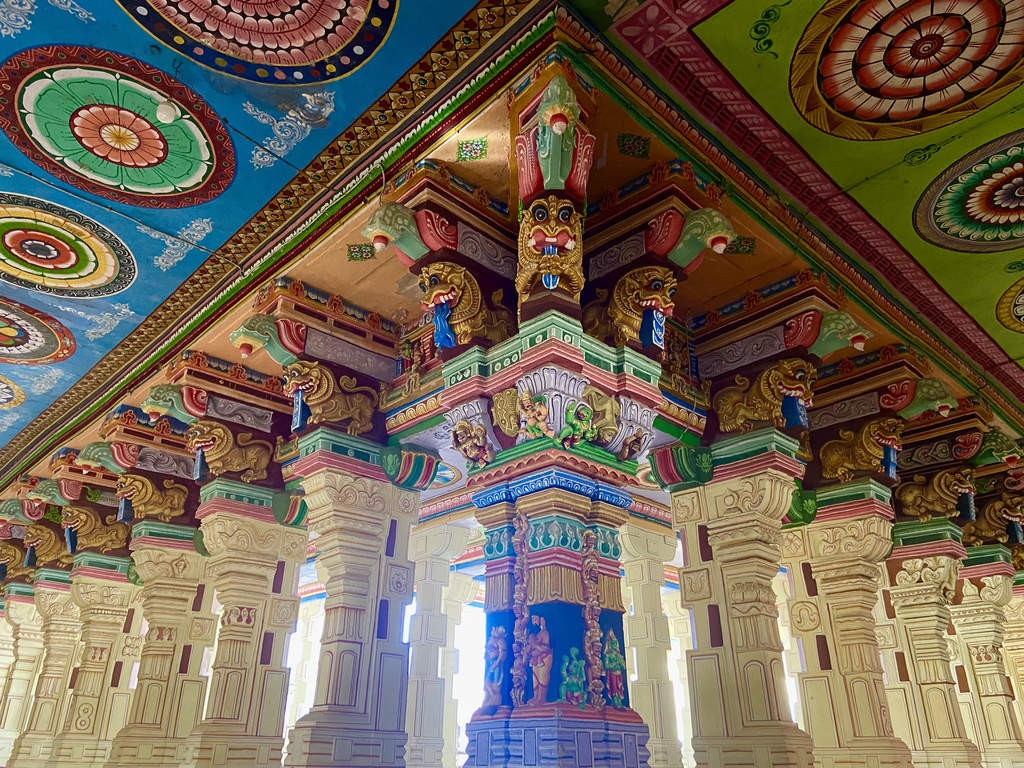


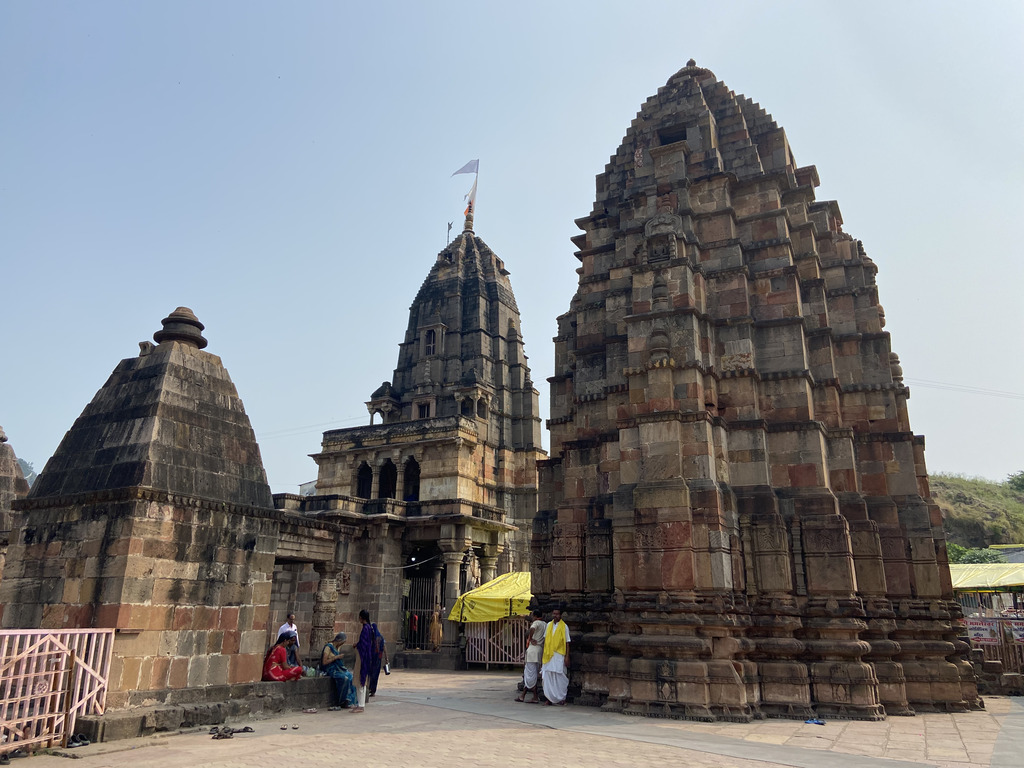
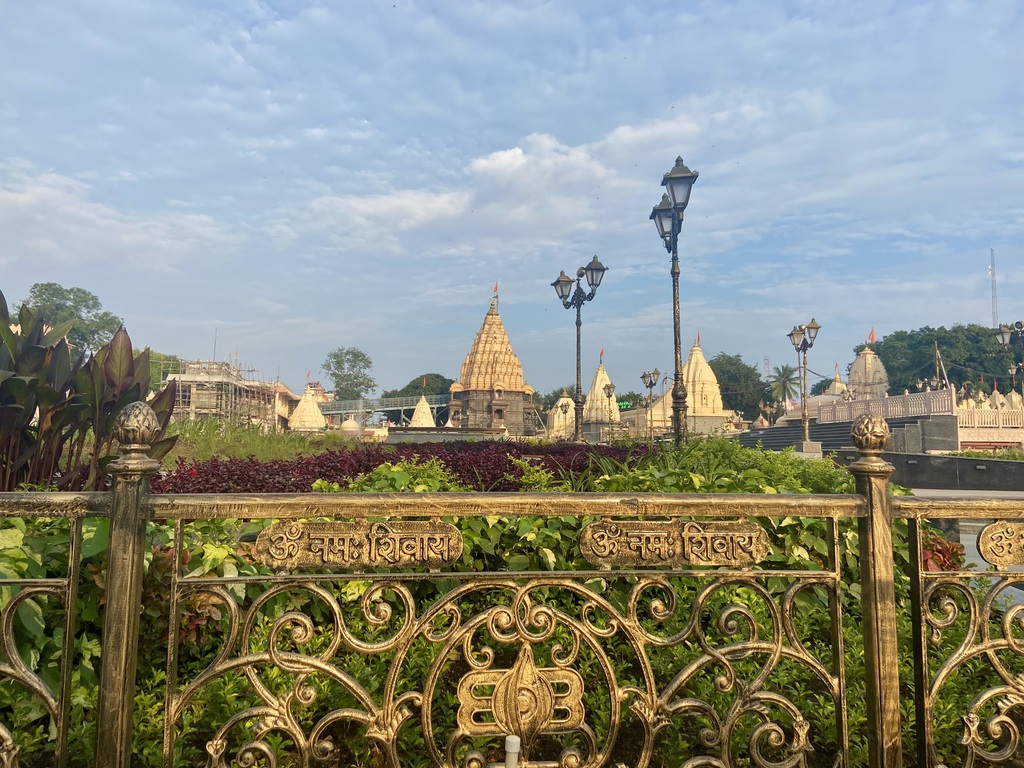
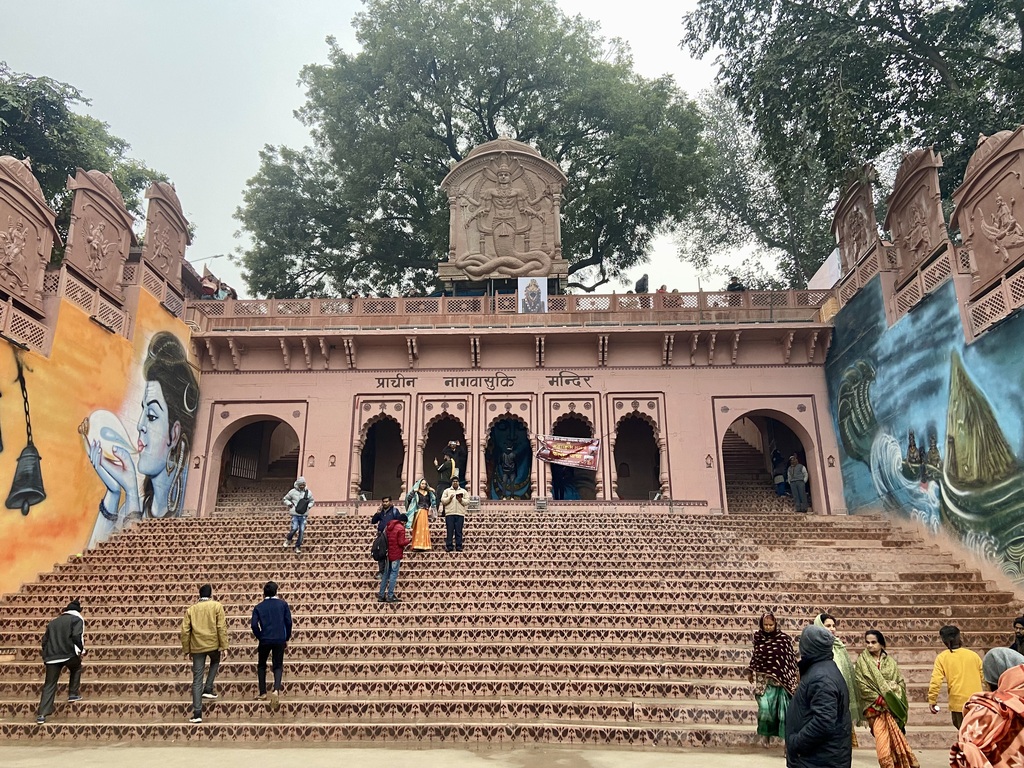
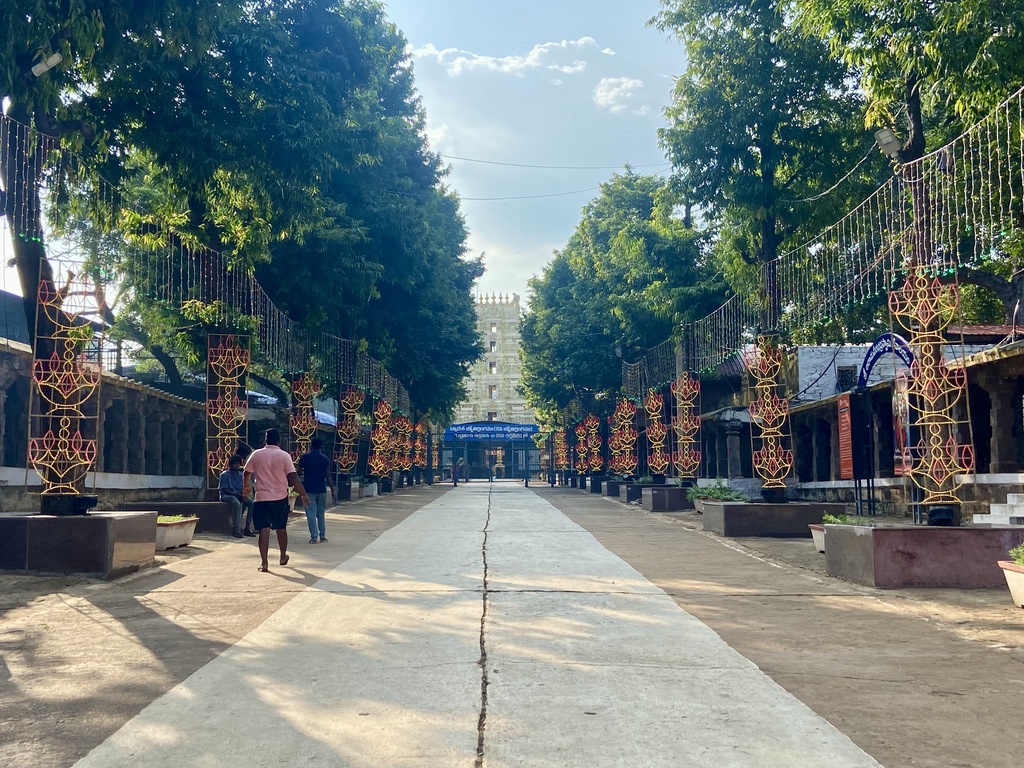
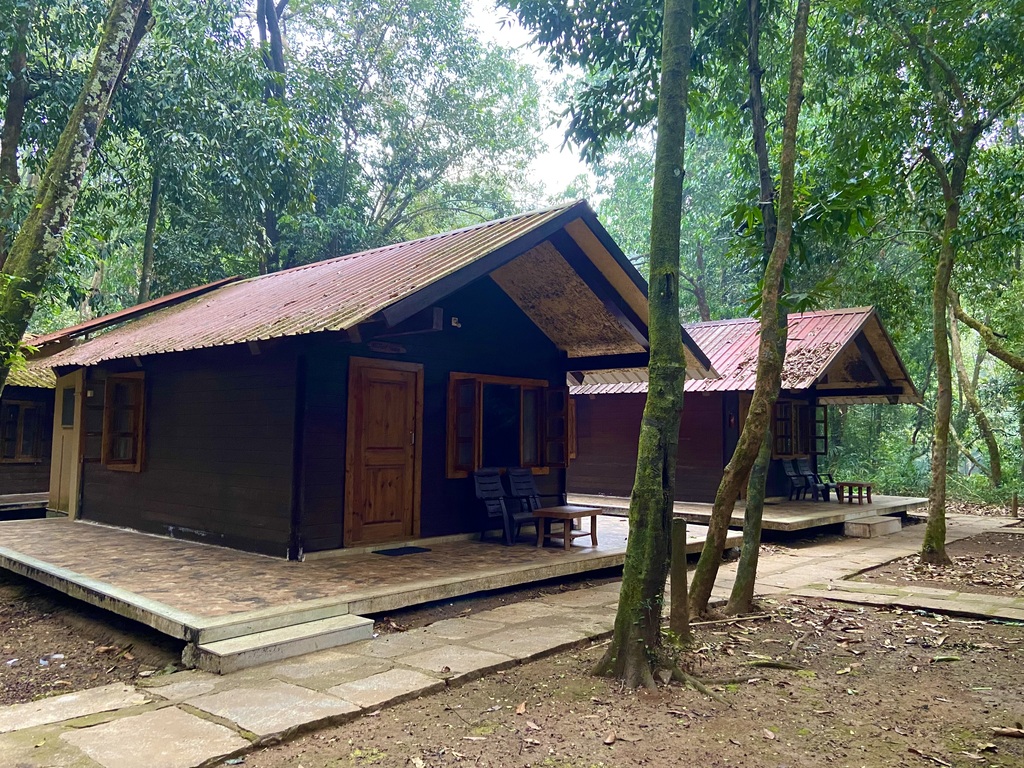

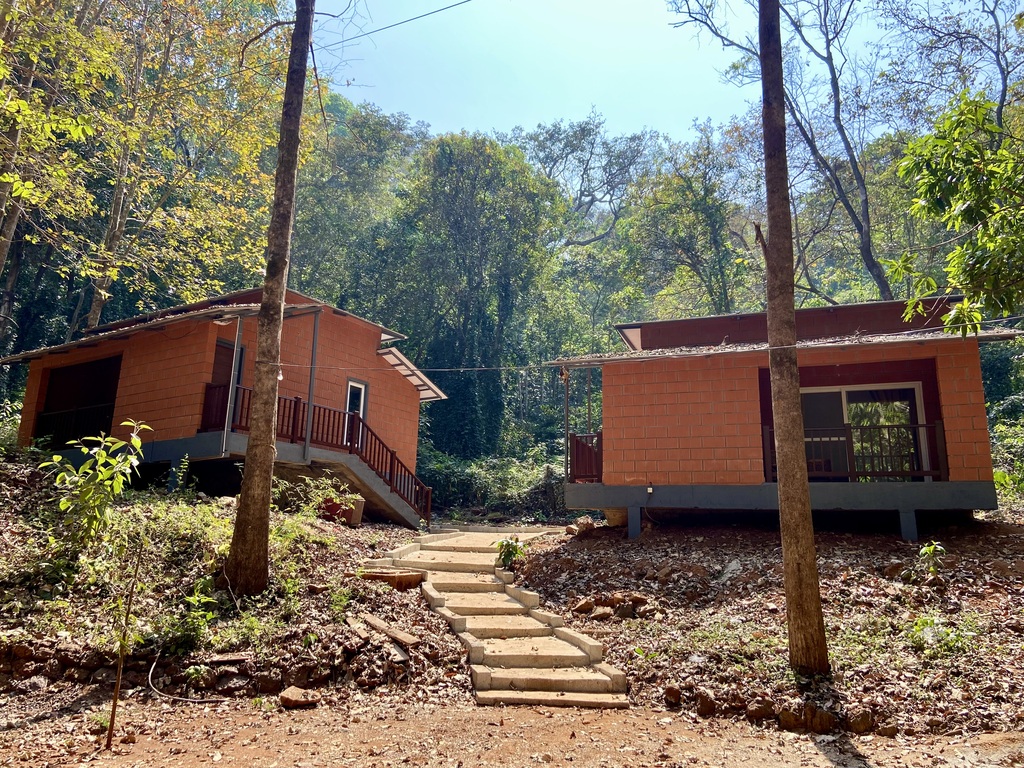
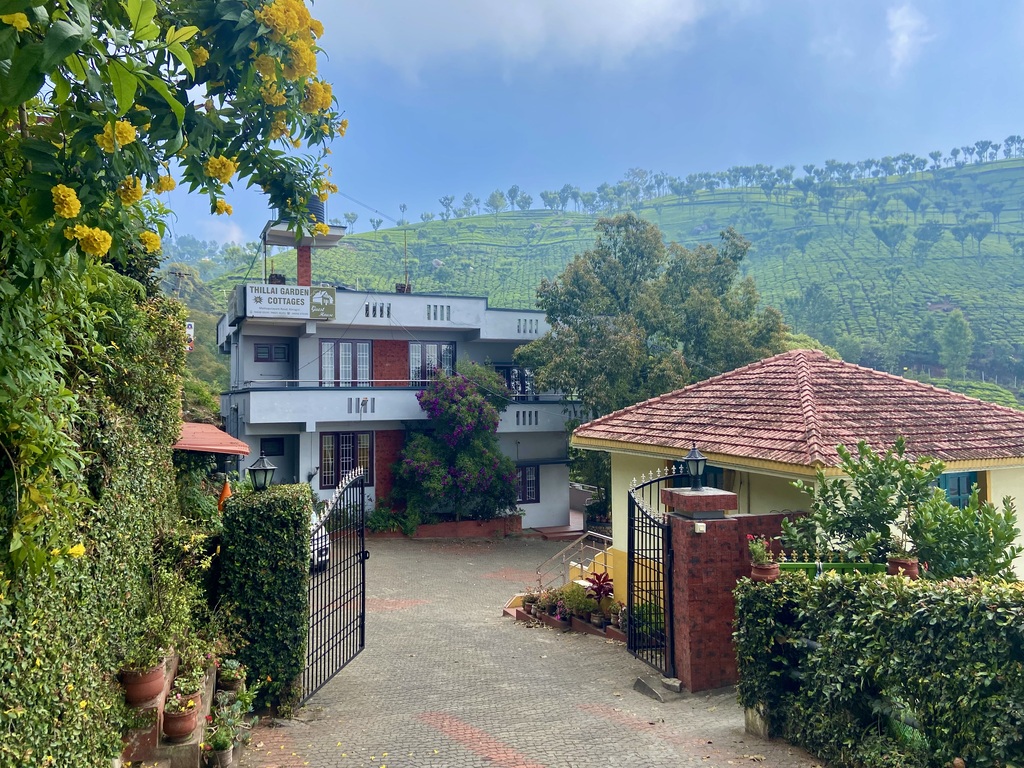
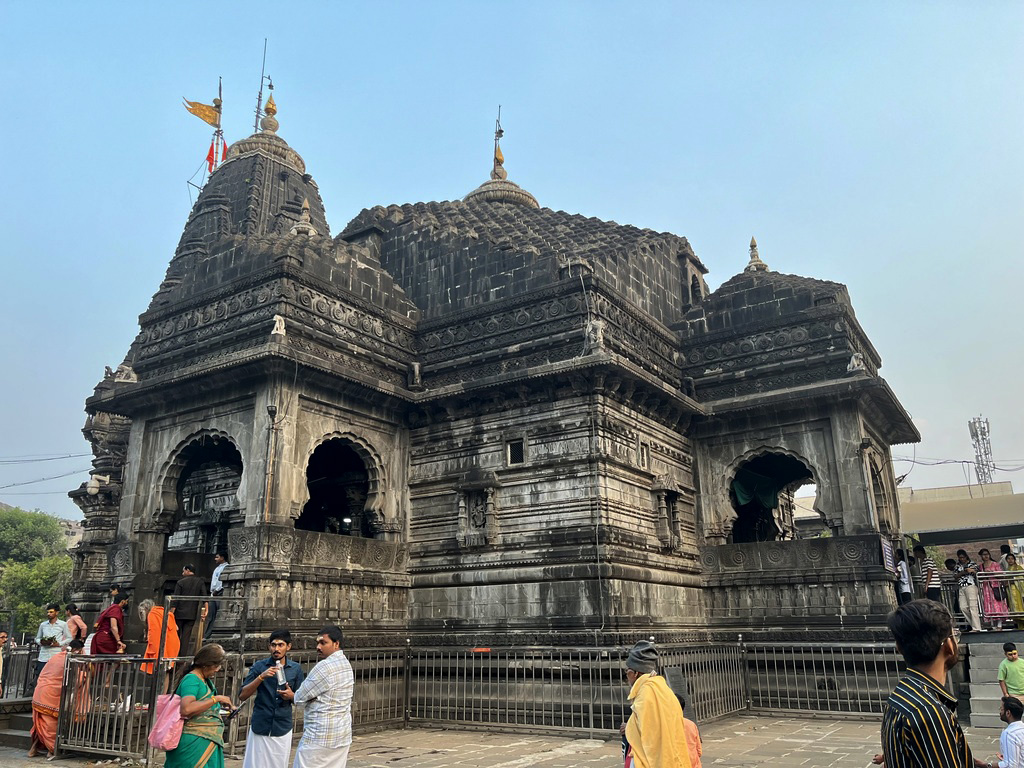
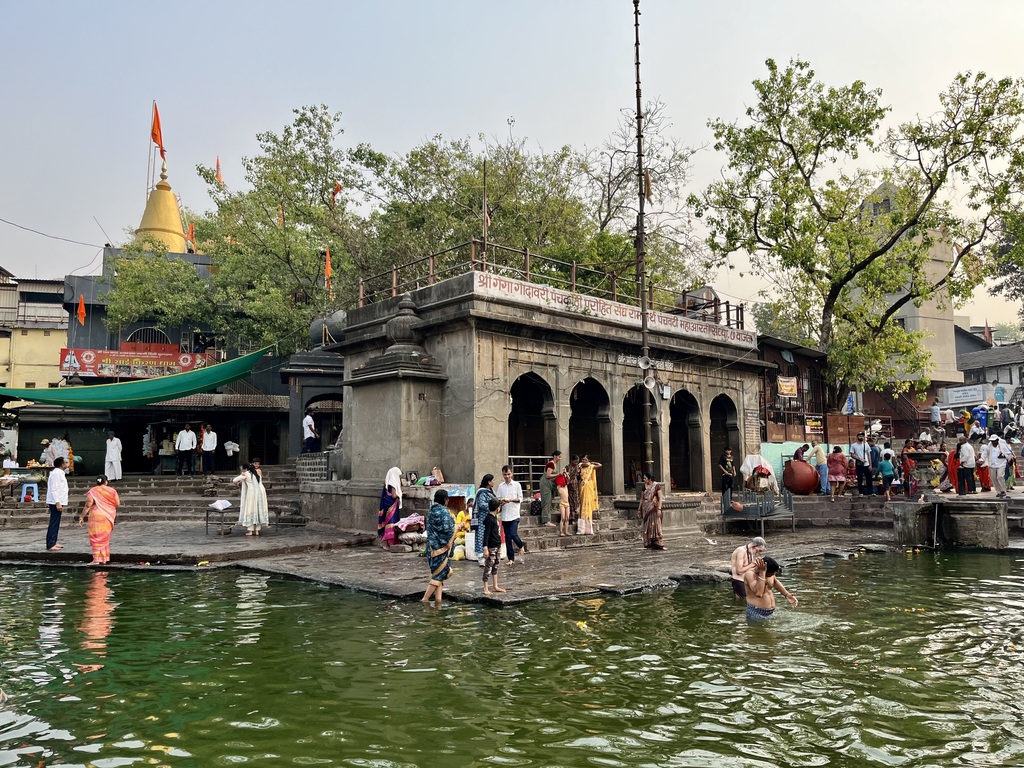

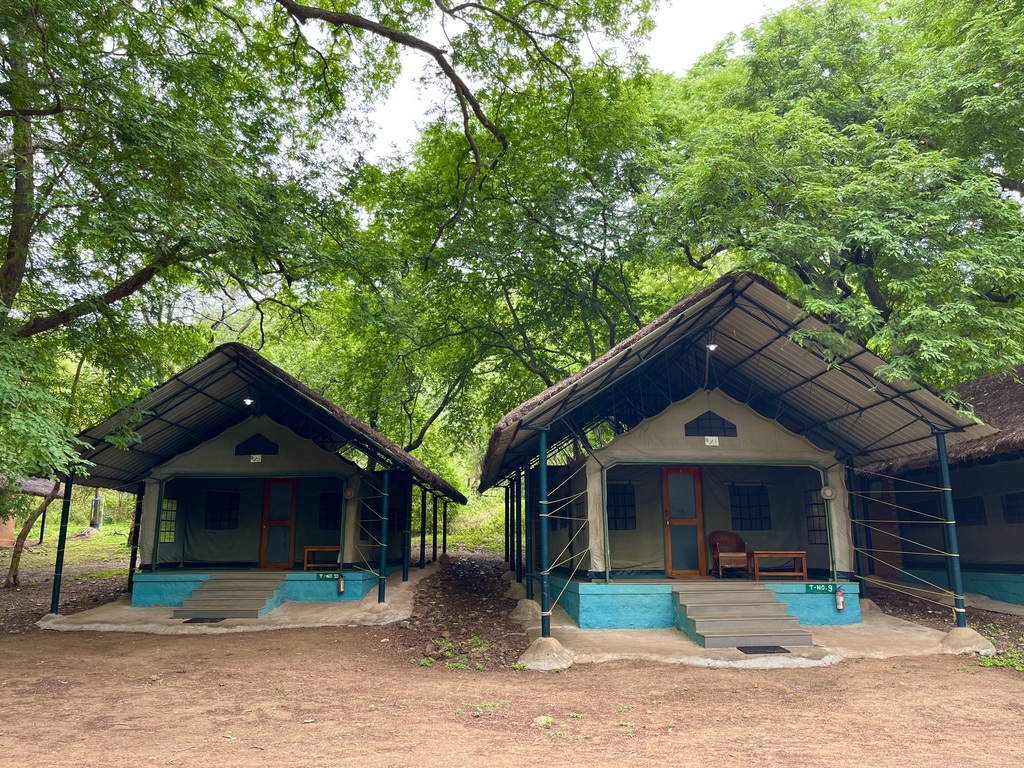
All Comments
No Comments Available